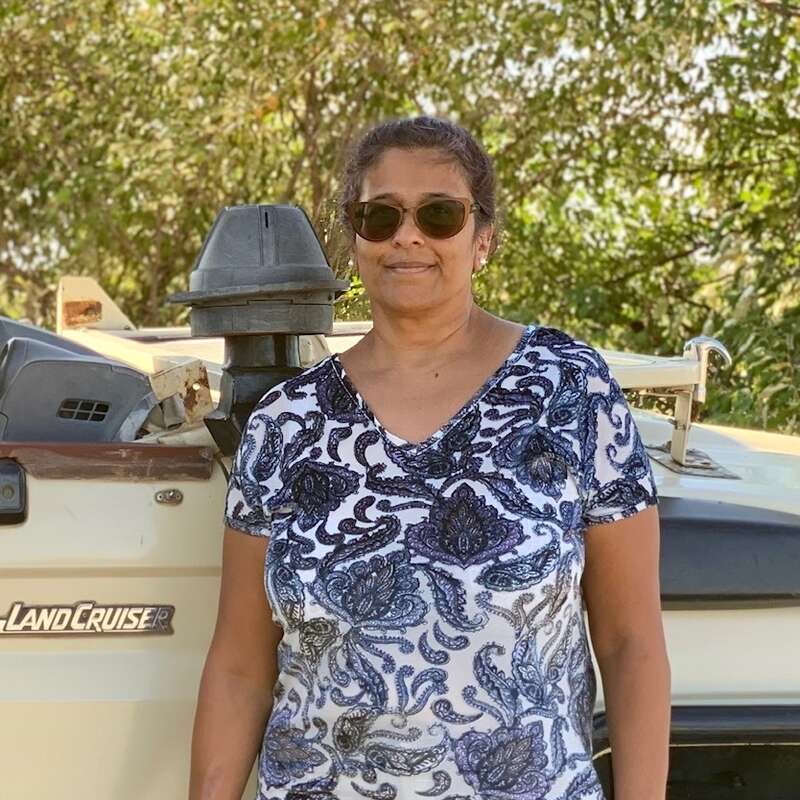About Tipilikwani Mara Camp
Tipilikwani Mara Camp is a fairly large, mid-range tented property on the outskirts of the Maasai Mara National ...
... Reserve, overlooking the Talek River, and with a private footbridge over the river into the reserve itself. From here, your safari drives will typically be in the Sekenani sector of the main reserve, and you are well placed to drive to the banks of the Mara River during the migration season and potentially witness a river crossing.
Tipilikwani Mara is larger than most camps featured by Expert Africa, and it feels more like a hotel, with friendly service and a relaxed atmosphere. Although it is located outside the natural reserve, a river bridge into the park means that your game viewing is barely affected. We thus regard it as one of the better camps in this area and for this price.
Our view
Tipilikwani Mara is larger than most camps featured by Expert Africa, and it feels more like a hotel, with friendly service and a relaxed atmosphere. Although it is located outside the natural reserve, a river bridge into the park means that your game viewing is barely affected. We thus regard it as one of the better camps in this area and for this price.
Accommodation
20 tents
Children
Best for 8+
Open
All year
Activities

4WD Safari

Birdwatching

Cultural excursion

Hot air ballooning

Private activities
Traveller reviews of Tipilikwani Mara Camp
1 real, un-edited reviews from Expert Africa's travellers.
Arrived 24 Aug 2016, 4 nights
"Excellent - friendly and attentive staff"
Overall rating: Excellent
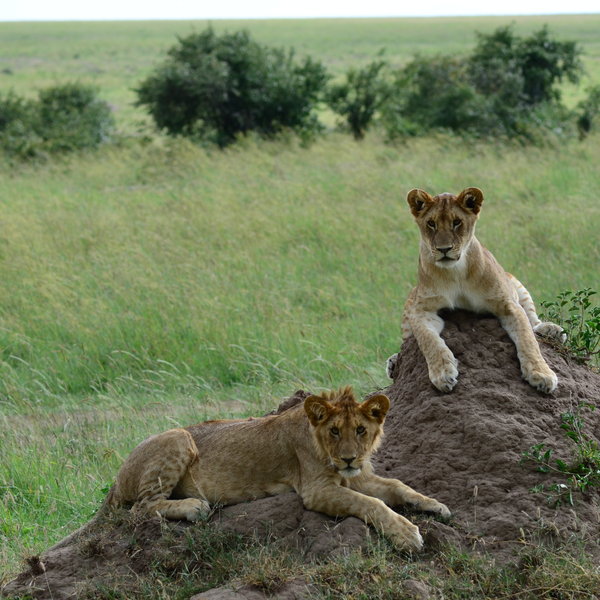
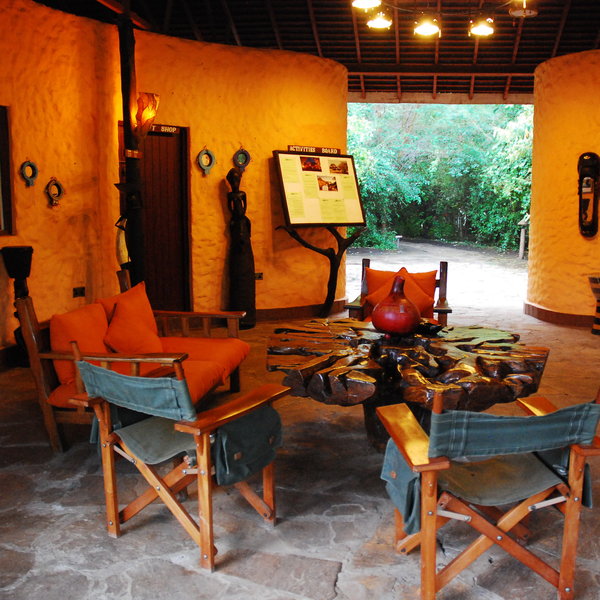
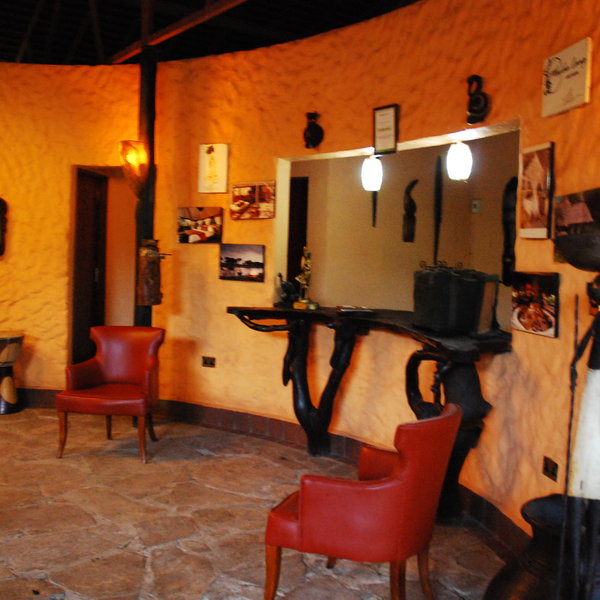
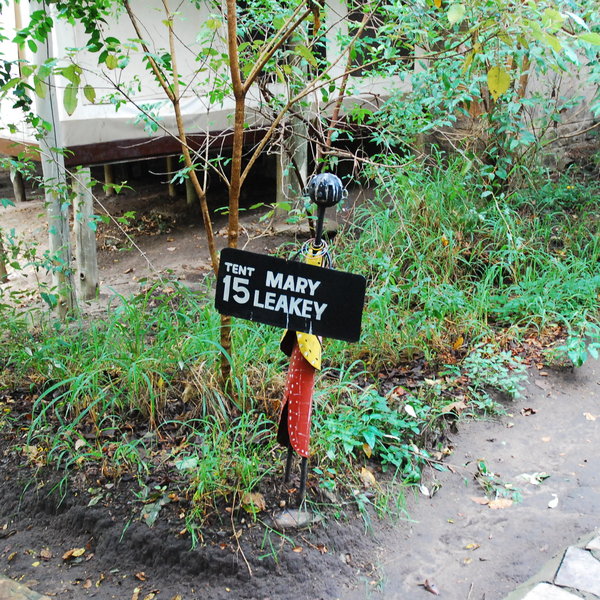
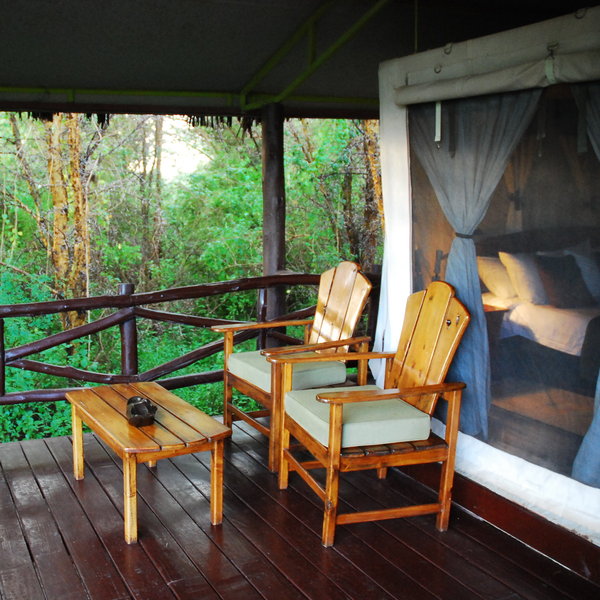
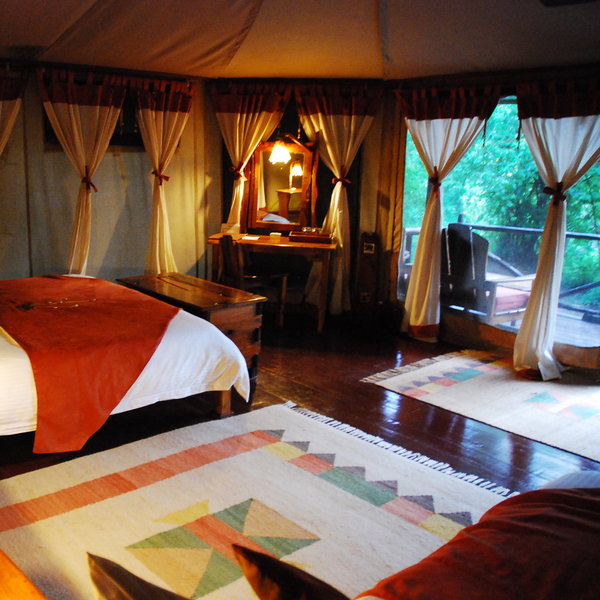
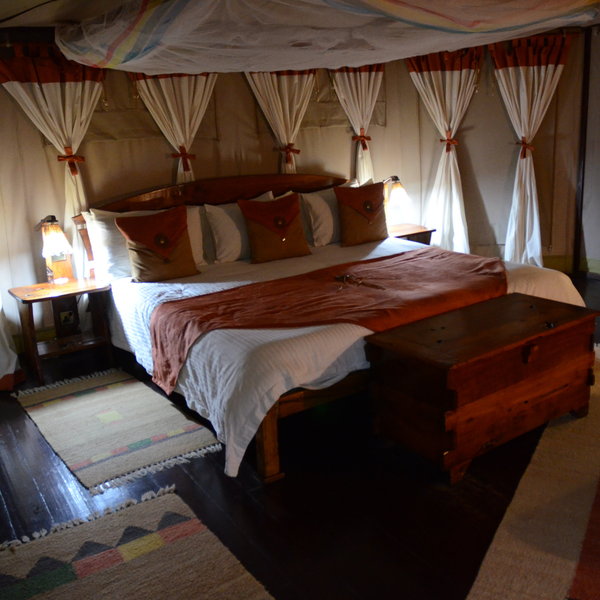
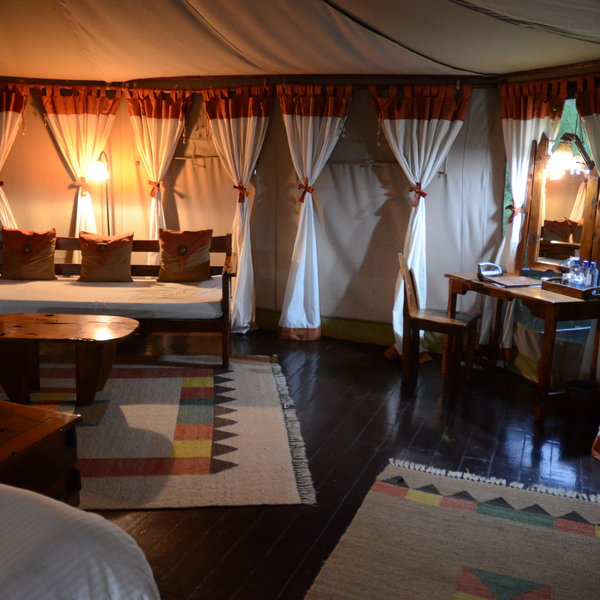
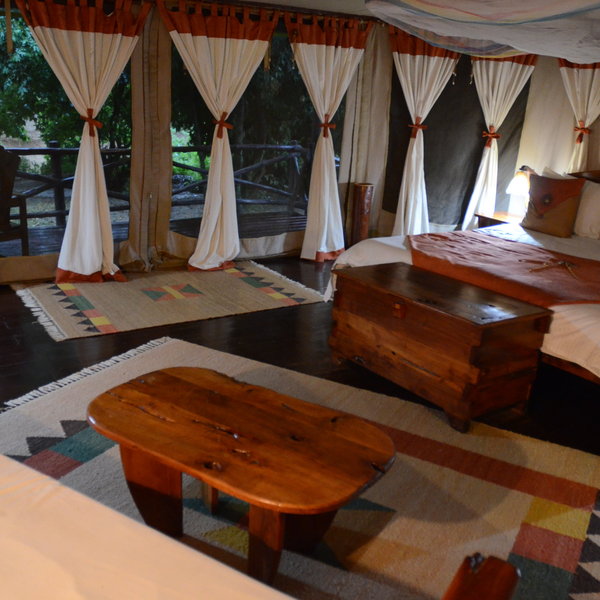
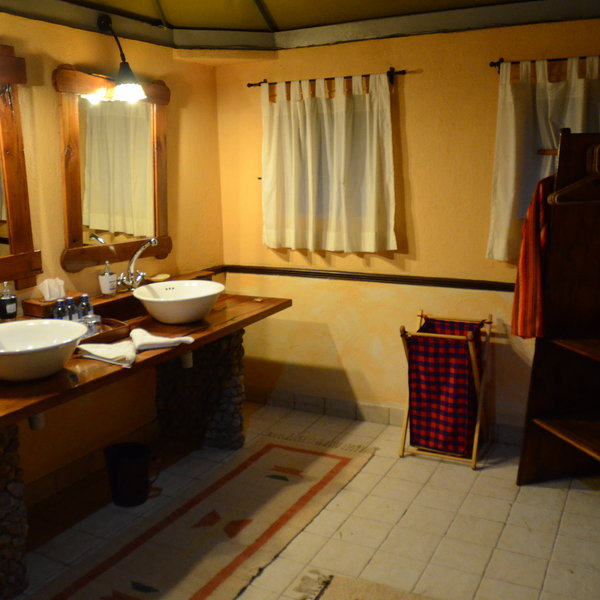
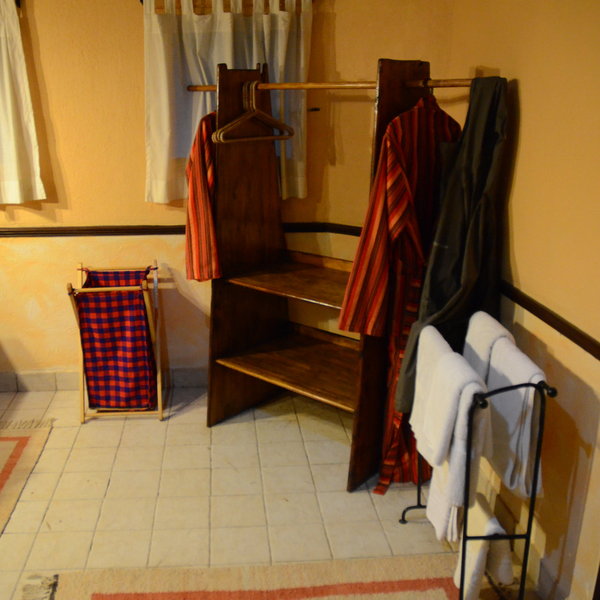
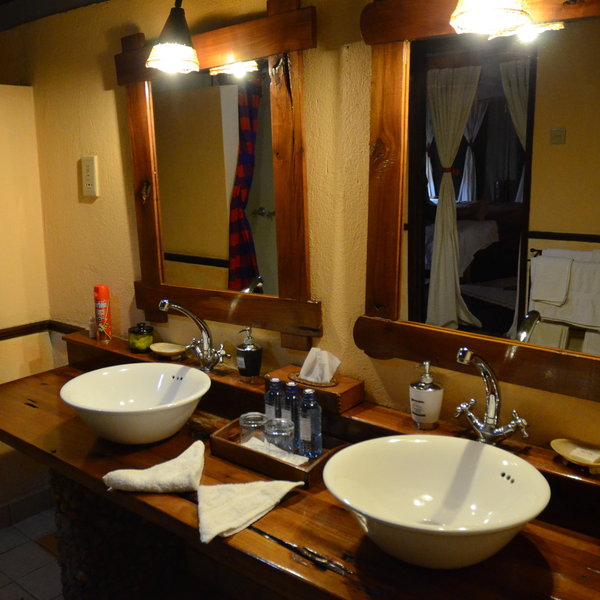
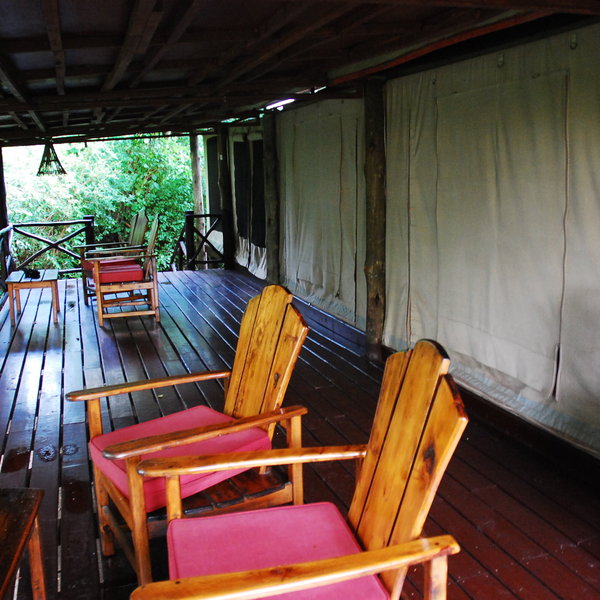
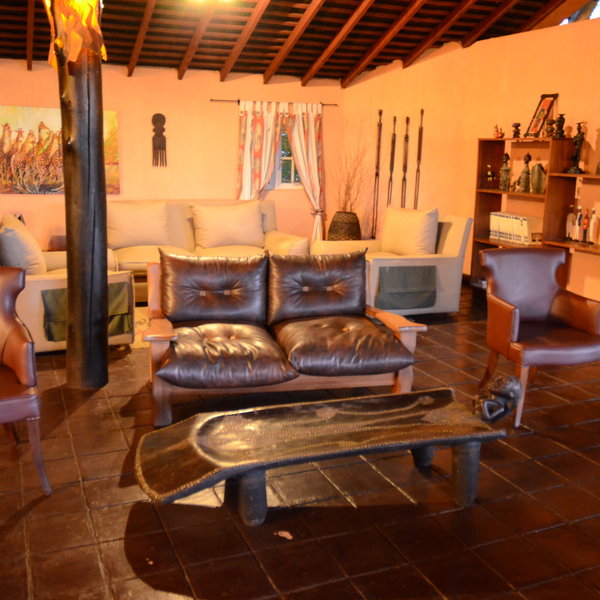
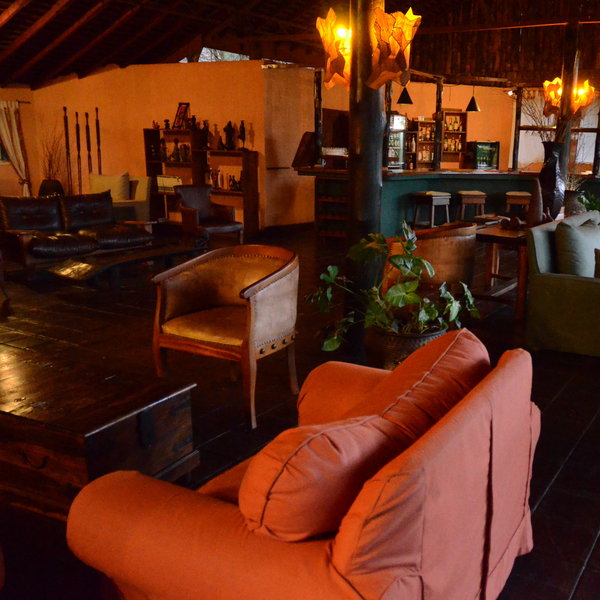
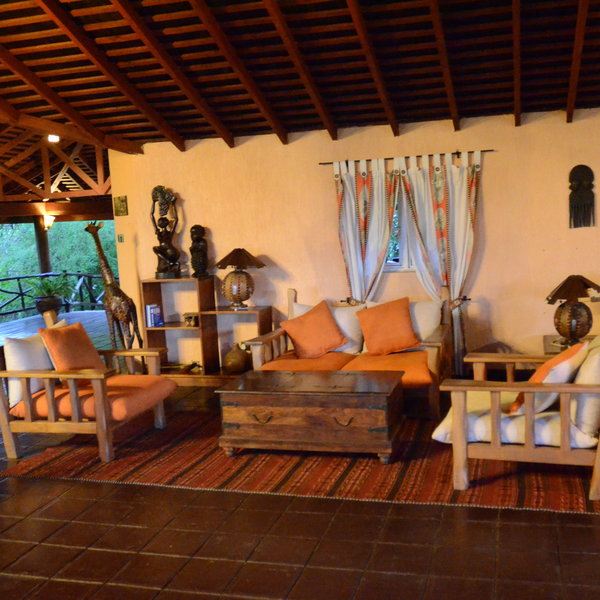
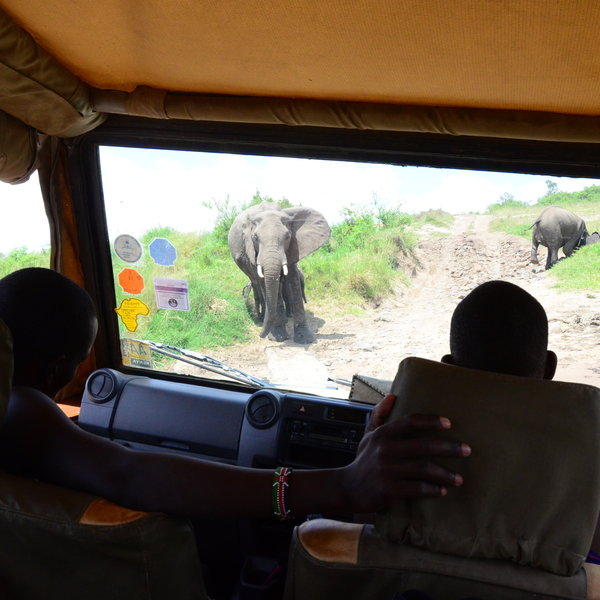
Expert Africa's gallery
When we travel we take lots of photos ourselves to give you a real and un-edited view of the safaris. See our 17 pictures of Tipilikwani Camp to get the candid view.
View galleryTipilikwani Mara Camp: Our full report
Tipilikwani Mara Camp is a fairly large, mid-range tented property on the outskirts of the Maasai Mara National ...
... Reserve, overlooking the Talek River, and with a private footbridge over the river into the reserve itself. From here, your safari drives will typically be in the Sekenani sector of the main reserve, and you are well placed to drive to the banks of the Mara River during the migration season and potentially witness a river crossing.
Tiplikwani is the sister camp of both Elephant Bedroom Camp in Samburu and also Mara Ngenche Camp in the Maasai Mara. Located on the northern bank of the Talek River, it is a little simpler in design than its sister camps although it is run to the same high standards and provides comfortable safari accommodation with a relaxed, family friendly atmosphere.
In the simple reception area, a cool drink and a warm flannel will help to clean away the dust of your journey before a short safety briefing. It's a simple room, with flagstone floors, pictures on the yellow walls, and directors' chairs set around an interesting table made from the roots of a tree, as well as a formal reception desk. This is also where guests at Tipilikwani gather for the day's activities.
The shop here is well stocked with curios, some made locally and others from further afield, plus essential items such as suncream and toothpaste.
A flagstone path leads to Tipilikwani's main lounge and dining area, a vast thatched structure with a stone wall at the back, and an open front – although canvas flaps can be rolled down to offer protection from the elements. Clusters of sofas and armchairs are set atop burnt-red tiled floors, while furniture from Kenya, the Congo and the Swahili coast adds a rustic African quality. If it feels a little dark on cloudy days, it is certainly in keeping with its surroundings.
The dining area, where a blackboard details the lunch and dinner menus in advance, is simply furnished with separate tables – while alfresco dining is also an option at breakfast and lunch. The waiting staff are friendly, and a tea and coffee station is well stocked for you to help yourself at any time of the day. To the front, Tipilikwani Mara's firepit is a focal point before dinner on pleasant evenings.
On the grassy lawn to the front is a large kidney shaped swimming pool, which provides welcome relief during the warm summer days, and this is also a real draw for families too.
The 20 tented rooms at Tipilikwani Mara Camp are all quite well spaced, making some a fair walk from the main area, but all are reasonably private. All are named after famous East Africans and there is an information plaque in each tent providing further details about them.
- 18 standard-size tents have a spacious bedroom area and en-suite bathroom, all raised off the ground by a few feet on a wooden platform. Some have a fixed king-size bed while others can be set up as either twin or doubles.
- Two family tents comprise two full-size interconnecting tents on one large deck, sharing a balcony. The tents are of equal size but one is a double and the other a twin, both with their own en-suite bathroom with the added bonus of a bath. These can also be sold separately and can be a good option for friends travelling together.
Otherwise, most of the tents are decorated in the same style. Inside, they are quite smart with wooden floors polished to a high shine, woven rugs scattered across the floors and cream curtains hanging in front of the canvas walls. Matching soft furnishings on the bed and the day sofa balance soft cream materials with russet-red and green cushions. A writing desk stands in the corner, with an information sheet, insect repellent and a horn to attract attention in an emergency.
A cream curtain divides the bedroom from the bathroom, which has cream tiled floors and twin sinks set on a dark wooden table with mirrors in front, as well as a shower and flushing toilet. There is hot and cold running water in the sinks, and our shower had ample hot water. Drinking water is provided, as are some simple toiletries.
In front of each tent a few chairs and a table are set on a wooden veranda, all with views towards the river but not necessarily unobstructed river views.
Activities at Tipilikwani Mara Camp focus on morning, afternoon, or full-day game drives in the Maasai Mara National Reserve. The camp can also organise nature walks outside the park, and cultural visits to local villages (incurring a small fee paid direct to the village). Back at camp, Tipilikwani offers in-room massage, manicures and pedicures.
Activities
4WD Safari
Birdwatching
Cultural excursion
Hot air ballooning
Private activities
Families & children
- Attitude towards children
- Tipilikwani Mara Camp welcomes children of all ages, but they think it is best for children aged from about 8 years.
- Property’s age restrictions
- None.
- Special activities & services
- Tipilikwani guides in traditional Maasai dress can arrange bushcraft activities for children, such as making bows and arrows, and learning how to start a fire with sticks. They can also take them on short nature walks around the edges of the camp. Babysitting can be organised through the housekeeping staff, but note that the member of staff will not be specifically trained in childcare.
- Equipment
- Tipilikwani Mara Camp has family tents that are great for parents with older children who are happy to sleep slightly apart.
- Generally recommended for children
- Though Tipilikwani is outside the Maasai Mara National Reserve, big game does wander through camp. As a result, we consider that it is best suited to slightly older children.
- Notes
- The camp is unfenced and children need to be closely supervised by their parents at all times.
Food & drink
- Usual board basis
- Full Board & Activities
- Food quality
- The food at Tipilikwani reflected the overall standard of the camp – perfectly good and of a mid-range quality. We would certainly consider it good value.
Most guests will take out a bush breakfast, packed for you in a picnic bag with hot water, milk, cheese, bread, cereals, boiled eggs, sausage and bacon. This can vary depending on guests' specific requests. It is also possible to have breakfast in camp from 6.30am before a game drive, or perhaps when you get back. This would then include a buffet with a range of cereals, fresh fruits, bread, pasties and a cooked breakfast to order.
Lunch may also be taken as a picnic if you want to go out for a whole day. Typically this will be a mix of salads, cold meat, pasta salad, fresh-baked bread and fruit. For those in camp lunch will typically be a la carte. This may start with soup, followed by a choice of main courses (usually including a meat, fish and two vegetarian options), and finished by a choice of desserts.
Dinner is served between 19:30-21:00, and on a previous visit we started with a warming mushroom soup, then chose chicken curry with rice and boiled vegetables and, for dessert, a chocolate mousse. The food was slightly reminiscent of a canteen – but very hearty, with ample portions and plenty of flavour. - Dining style
- Individual Tables
- Dining locations
- Indoor and Outdoor Dining
- Further dining info, including room service
- Tipilikwani Mara Camp can arrange bush dinners and sundowners. They are also happy to serve a private dinner on your veranda by prior arrangement
- Drinks included
- Drinks at Tipilikwani Mara Camp are usually at extra cost, though ask us for a fully inclusive rate if that interests you. When we last stayed, it cost around US$5 for a local beer, US$2 for a soda, and upwards of US$30 for a bottle of wine.
Getting there
- Location
- Maasai Mara National Reserve, Kenya
- Ideal length of stay
- 3 nights
- Directions
- To reach Tipilikwani Mara Camp you fly into Olkiombo airstrip, and from there it is a 45-minute drive.
- Accessible by
- Fly-and-Transfer
Communications
- Power supply notes
- Tipilikwani Mara Camp has a solar system that provides 24 hour power, with an additional generator to top up the batteries. There are UK-style, three-square-pin sockets in the tents for charging batteries. Tipilikwani has hairdryers for guests to borrow, but these can be used only when the generator is running.
- Communications
- Tipilikwani Mara Camp has cellphone coverage, and WiFi is available in the lounge and reception area.
- TV & radio
- None.
- Water supply
- Borehole
- Water supply notes
- Water used for washing is pumped from a borehole and purified in a tank. Bottled drinking water is provided in the rooms and can also be bought from the bar.
Health & safety
- Malarial protection recommended
- Yes
- Medical care
- Tipilikwani Mara Camp has an extensive first-aid kit on site, with all guides and some of the camp staff first-aid trained. The nearest doctor is in the nearby town of Talek, where there is also a very simple hospital. In an emergency, the camp can contact the flying-doctor service.
- Dangerous animals
- High Risk
- Security measures
- The manager has a safe for valuables. The camp is not fenced and guests are escorted around the camp at night.
- Fire safety
- Tipilikwani Mara Camp has fire extinguishers and fire blankets, and the staff are offered fire training.
Useful info
- Disabled access
- On Request
- Laundry facilities
- Laundry is an extra cost at Tipilikwani Mara Camp. Items are hand washed, line dried and ironed. For cultural reasons, no underwear is allowed.
- Money
- Tipilikwani Mara Camp can exchange small amounts of currency.
- Accepted payment on location
- It is possible to settle bills at Tipilikwani Mara Camp with a Visa, MasterCard or Amex credit card without surcharge. Cash is also accepted in Kenyan shillings, plus US dollars, British pounds and euros – all on the exchange rate of the day.
Plan and book your trip with Expert Africa
All of our trips are tailor-made, so we'll always adapt them to suit you. Talk to an Expert and let us plan and arrange your perfect trip.

Talk to an Expert
Call or email us now! We’ll match you with the Specialist in our team who is best suited to help you. Then together we can start planning your trip.

Set up your itinerary
Based on our experience and your ideas, your specialist will create a detailed, costed itinerary. We’ll refine it together, until we have a trip that you’re perfectly happy with.

Prepare for your trip
The same Specialist will make the seamless arrangements for your trip, send you detailed travel documents, and be available to answer any questions before you depart.

Travel with peace of mind
After you set off, you’ll be cared for by our partners in Africa, most of whom have worked with Expert Africa for decades. And if you ever need us urgently, we’re available 24/7.

When you return
We love to learn about your trip, and so will always be grateful if you’ve the time to give feedback to your Specialist when you return.
Tipilikwani Mara Camp's location
Look closer at the environment and surroundings of Tipilikwani Camp.
Excursions from Tipilikwani Camp
Optional extra day-trips and excursions possible whilst you're staying at Tipilikwani Camp. Talk to us: these are usually best arranged before you go.
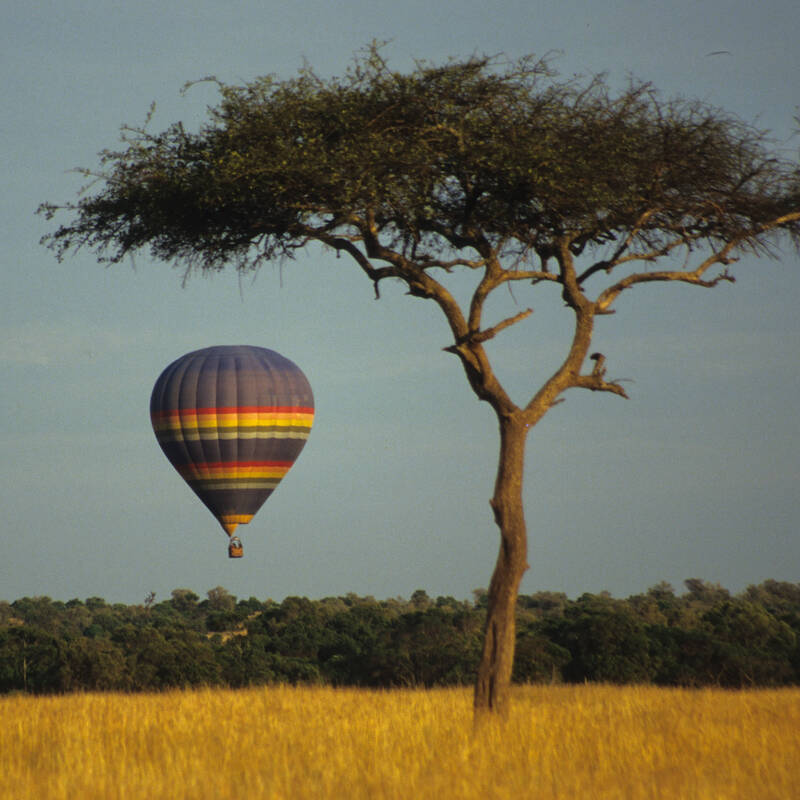
Balloon flight over the Mara
3 hours in total - morning only
With the sun rising over the Loita Hills, you scramble into the balloon basket for the start of a once-in-a-lifetime experience. You’re about to go drifting with the breeze above the trees and plains of one of the world’s greatest wildlife regions.
More about Balloon SafariOther lodges in Maasai Mara National Reserve
Alternative places to stay in this same area.
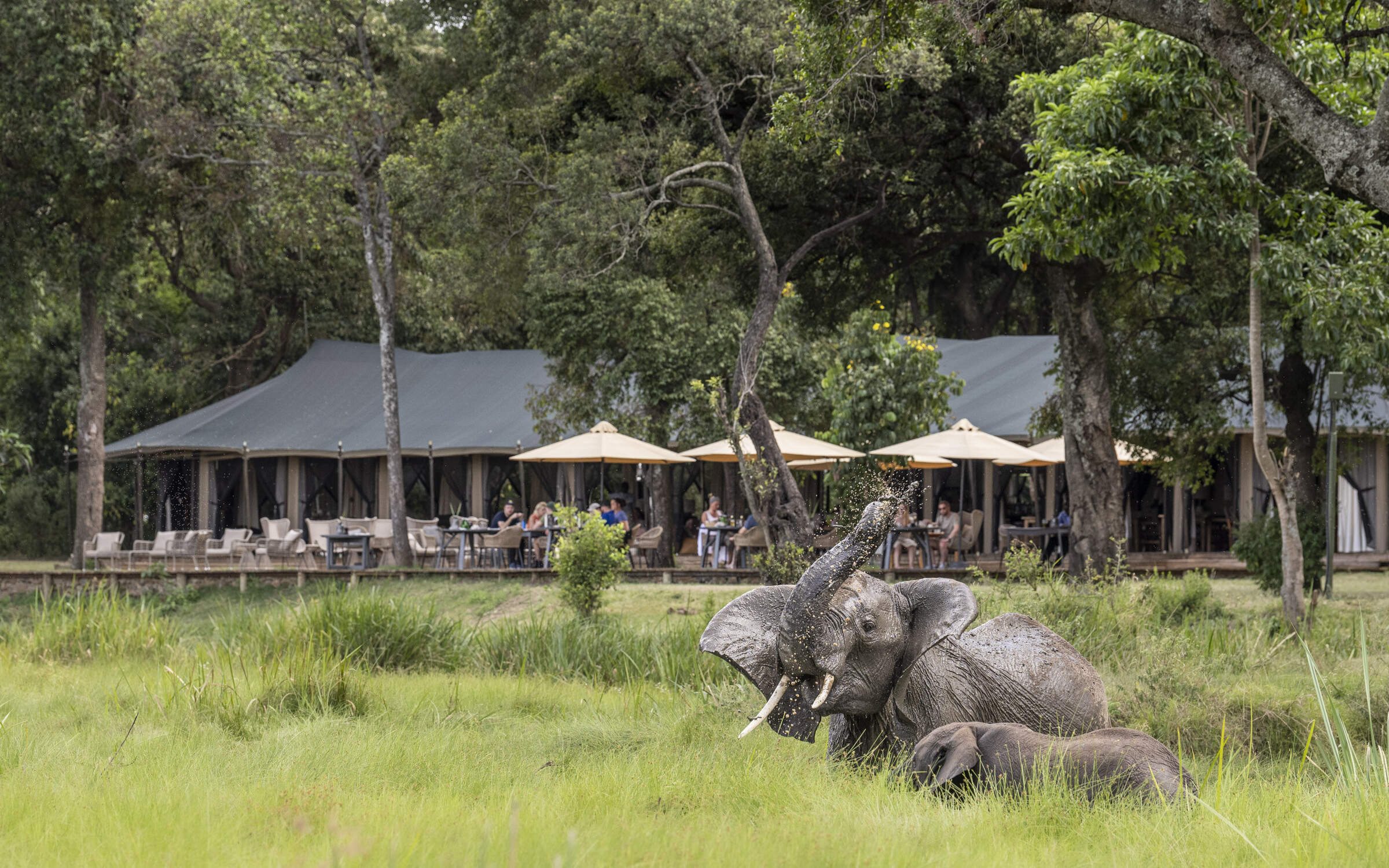
Little Governors'
Little Governors’ Camp sits by a swamp (an old oxbow of the Mara River) in the Mara Triangle sector of the Maasai Mara National Reserve. It has its own balloon-launching site.
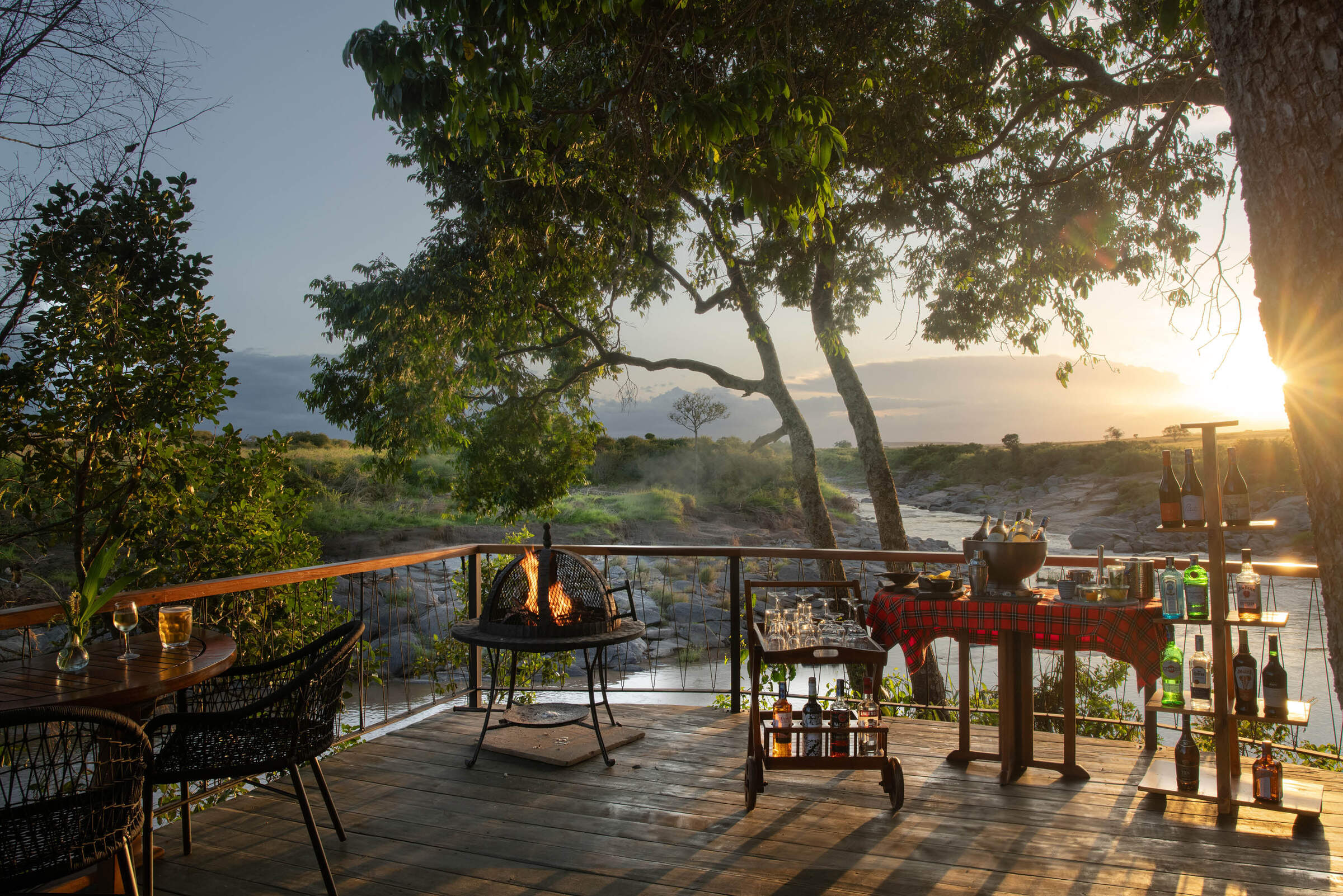
Rekero
Rekero is an unpretentious, high-end safari camp, for travellers who take their wildlife watching seriously and are prepared to pay for an exceptional location.
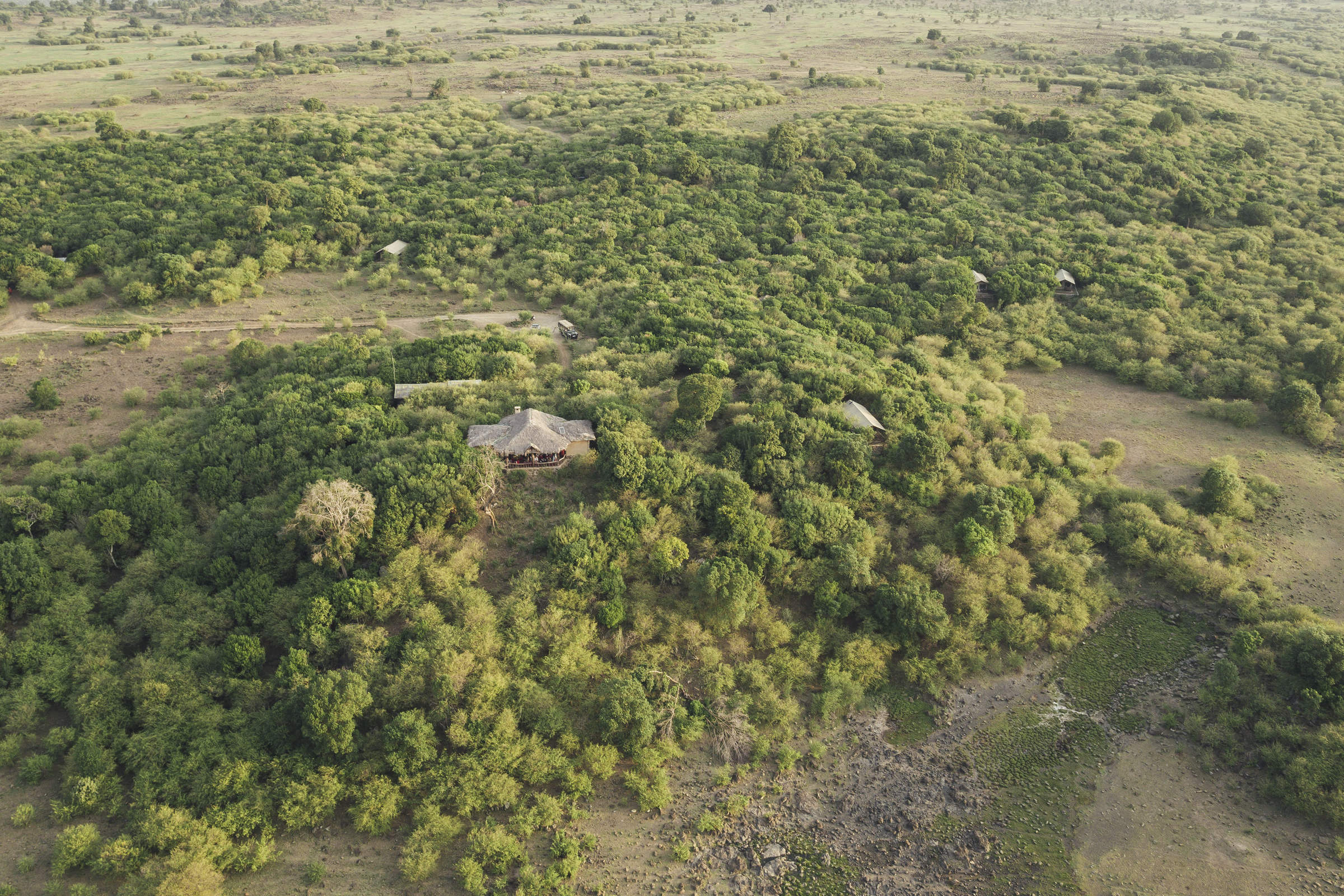
Tangulia Mara
Tangulia Mara is a rustic and traditional safari camp on the border of the Maasai Mara National Reserve owned by Jackson Looseyia of Big Cat Diary fame.
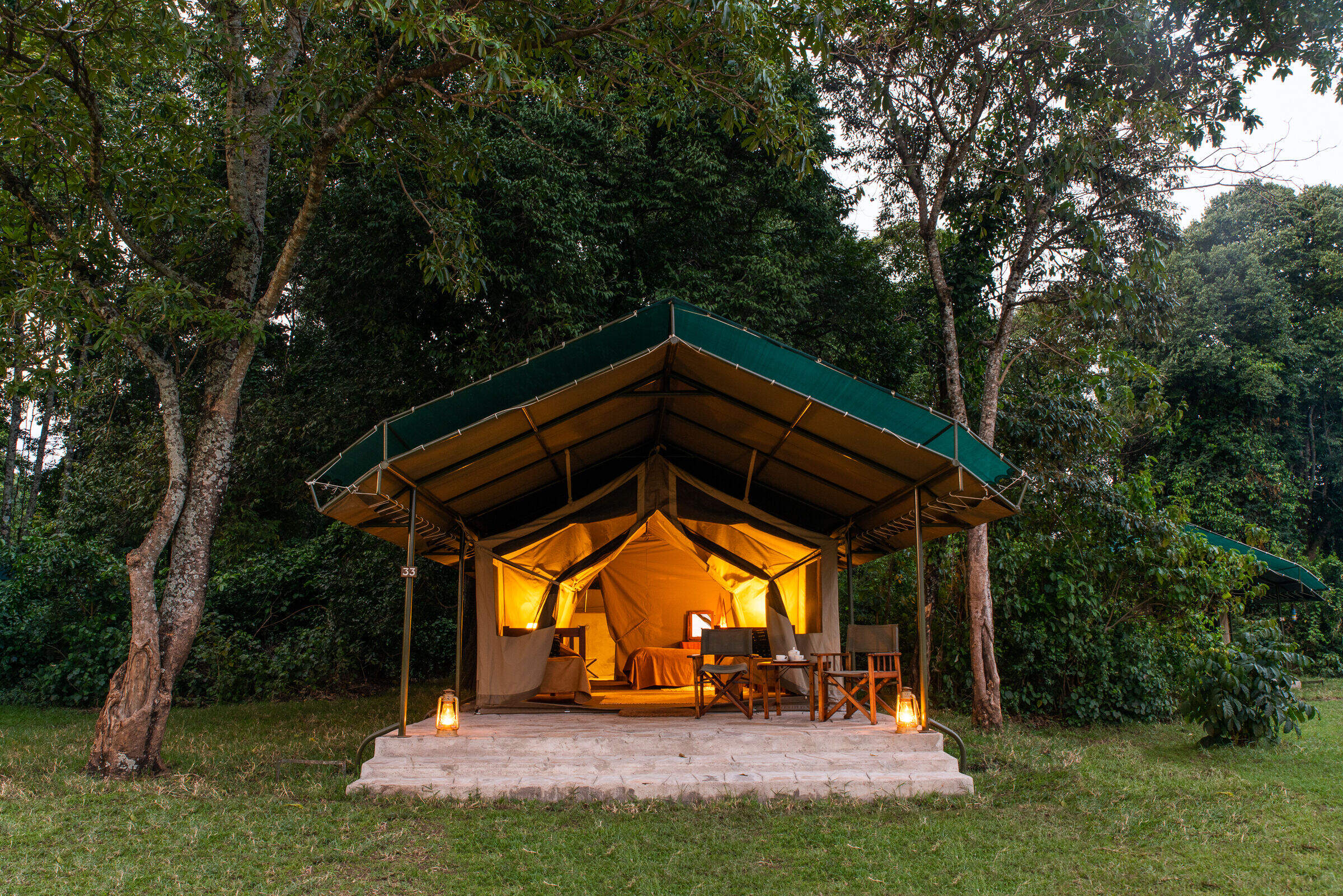
Governors' Camp
Governors' Camp is a large tented camp on the Mara River and one of the oldest in the Mara region, dating from 1972. Although unfenced, and regularly visited by elephants, the whole compound is always busy with human activity.
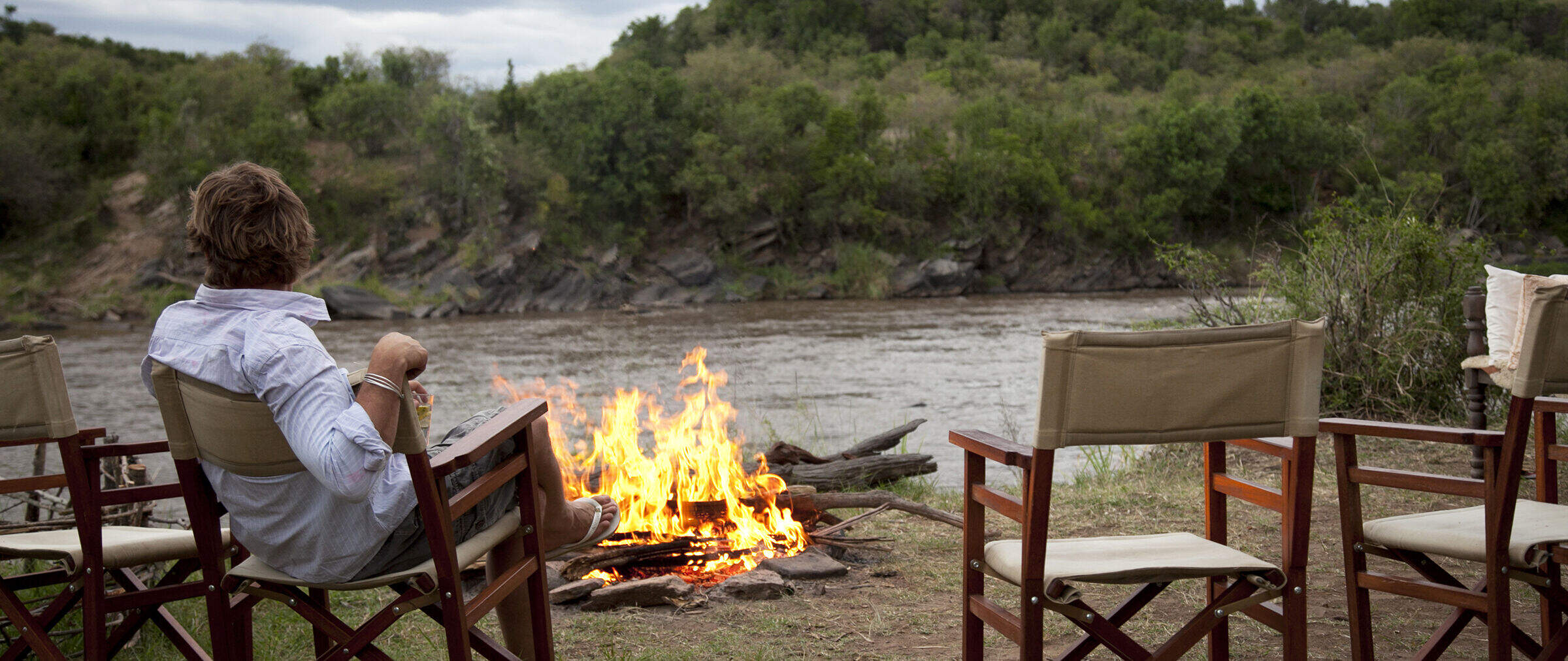
Serian Nkorombo
Serian Nkorombo is a luxury bush camp in the Musiara sector of the Maasai Mara National Reserve on the east side of the Mara River.
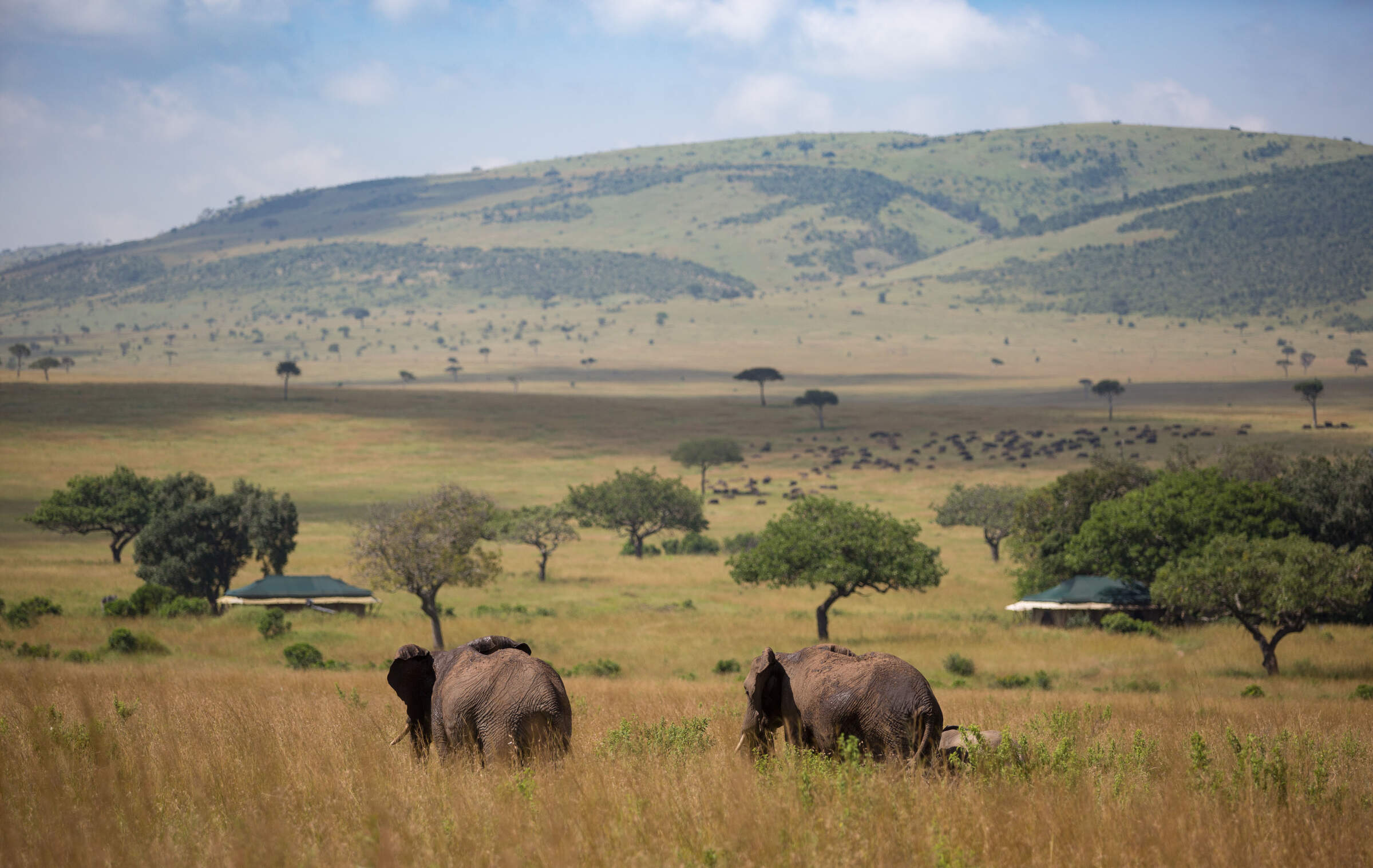
Sand River Camp
Luxury colonial-style tented camp on the banks of the Sand River close to the Tanzania border – a great spot to see the wildebeest migration.
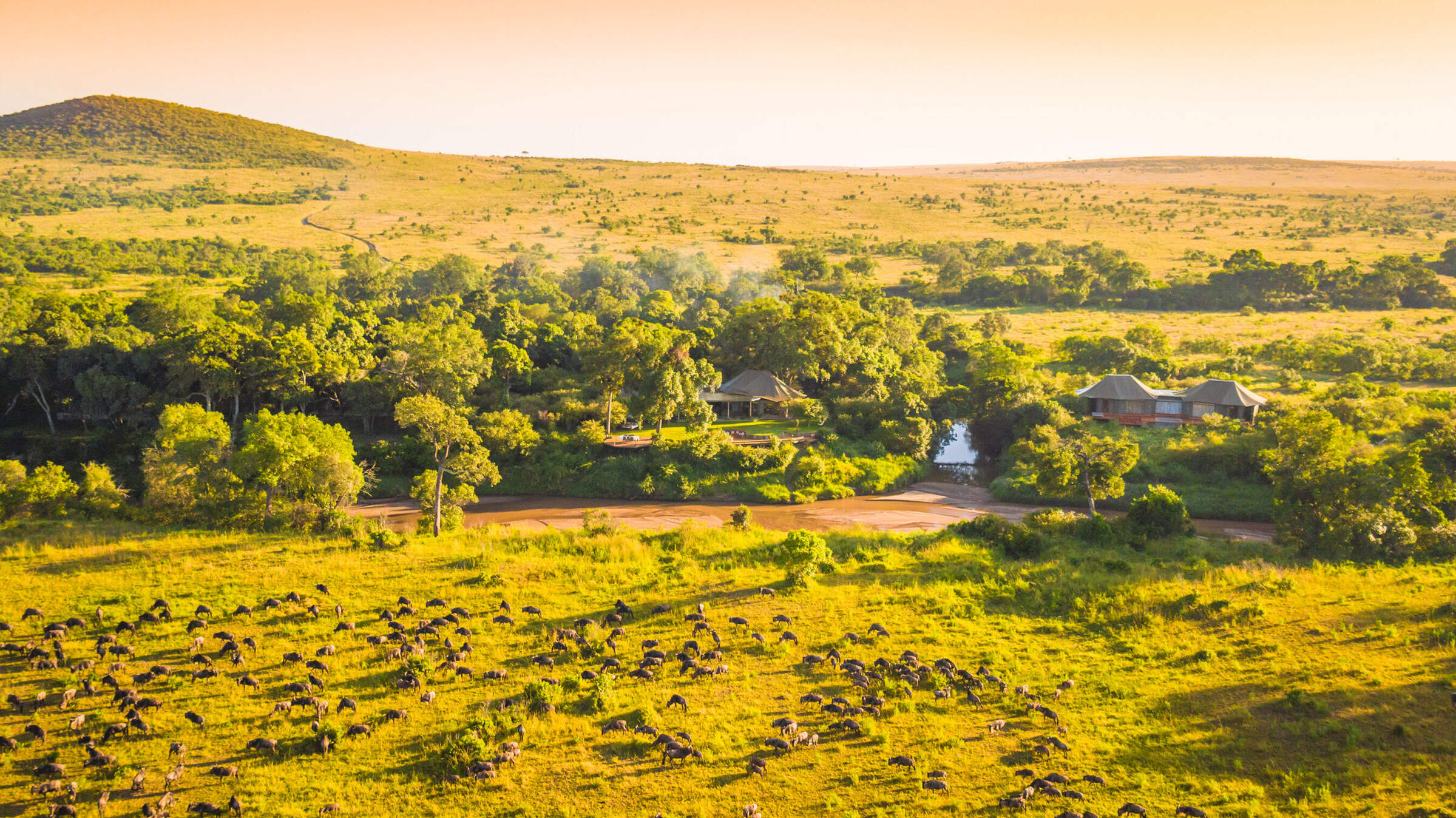
Sala's Camp
Sala’s Camp is a comfortable and intimate tented camp, with seven tented rooms, located on the banks of the Sand River, in the far south of the Maasai Mara National Reserve.
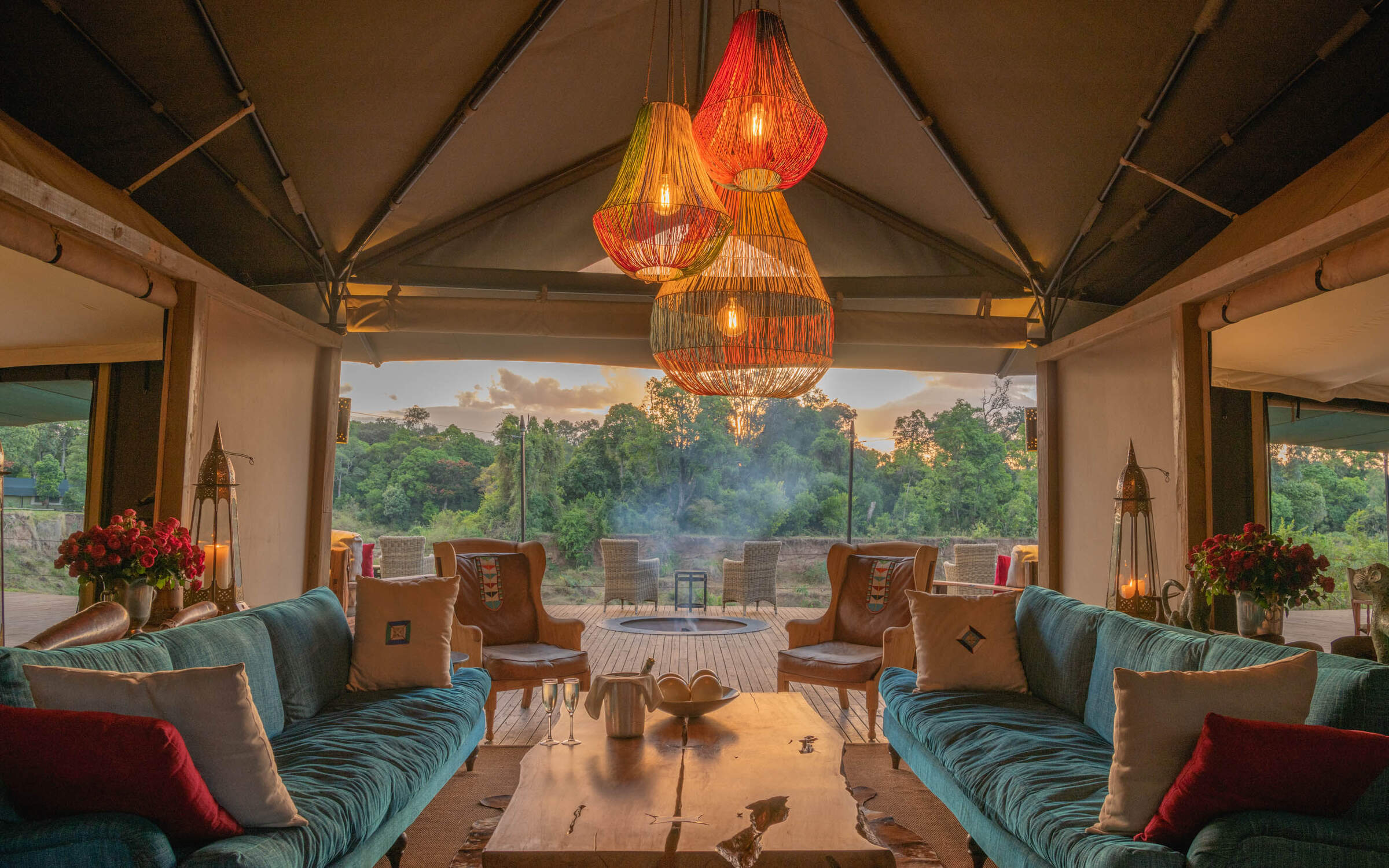
Governors' Il Moran
The smallest and most expensive of the three camps in the Governors’ group, Governors’ Il Moran Camp hugs a meander of the Mara River just 1km north of the main Governors’ Camp.
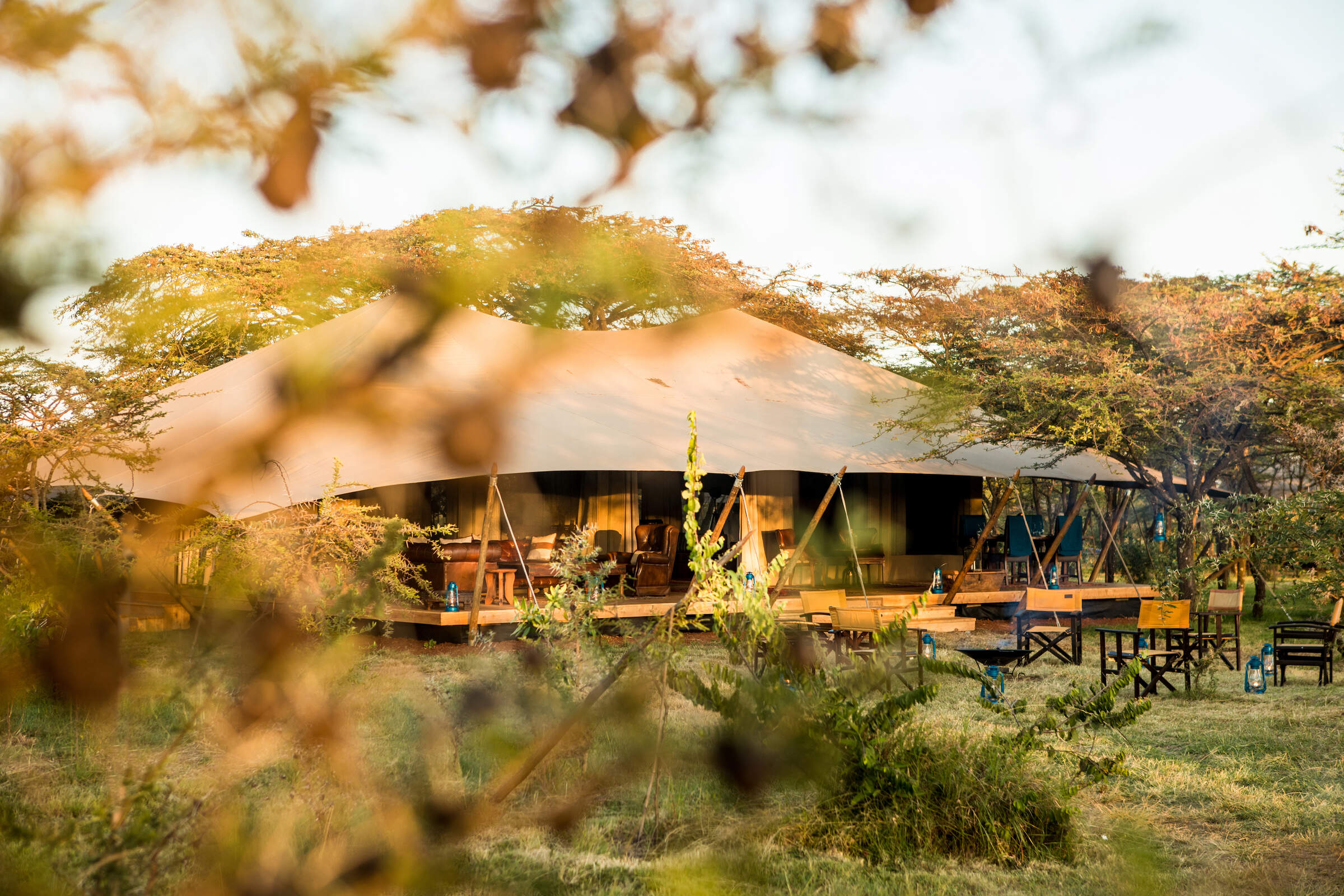
Mara Expedition Camp
Mara Expedition Camp is a small luxury camp located in a slightly elevated area of bush and woodland, just outside the Maasai Mara National Reserve.
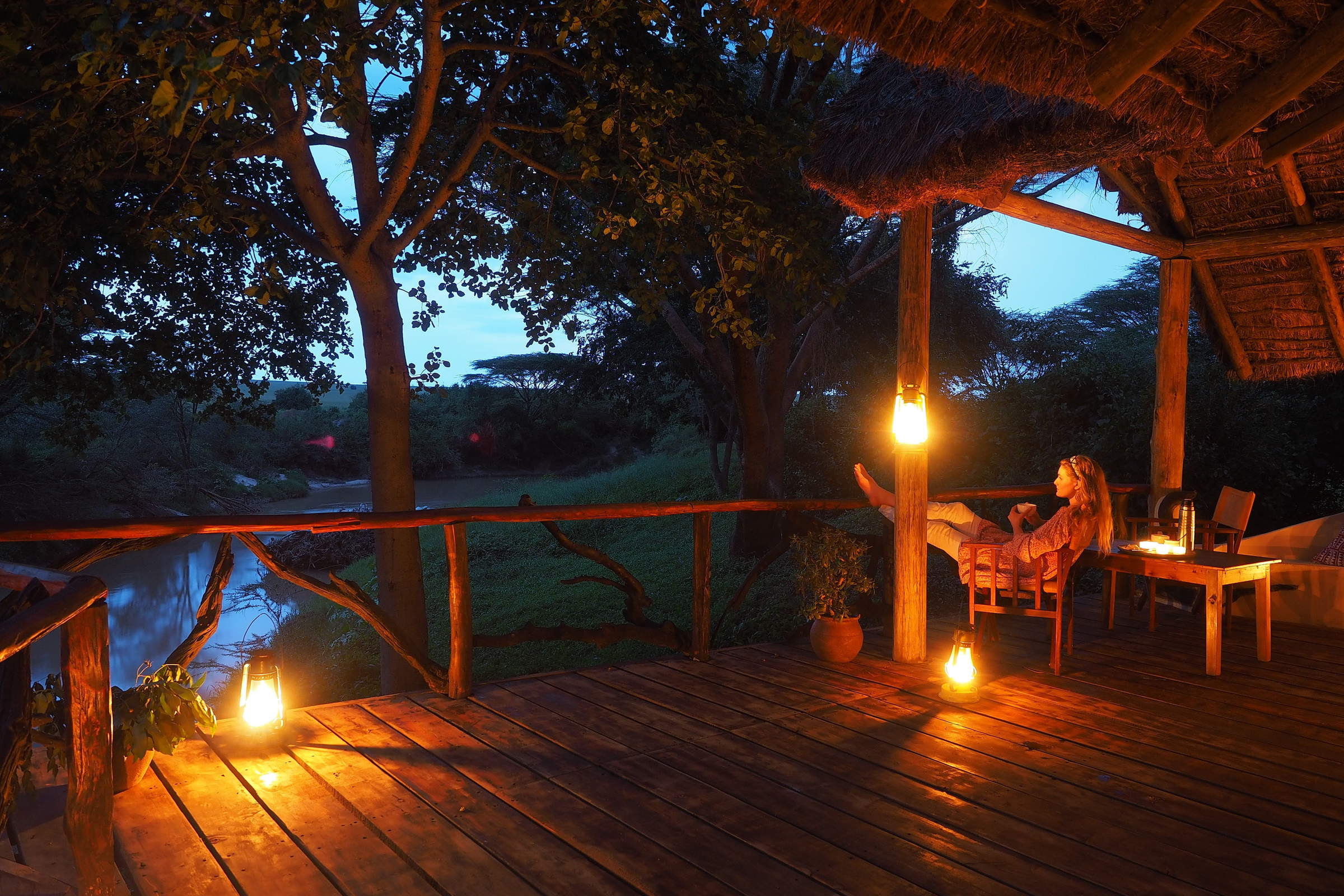
Basecamp Maasai Mara
Basecamp Maasai Mara is a family-friendly, award-winning eco-camp on a U-bend on the north bank of the Talek River, on the boundary of the Maasai Mara National Reserve.
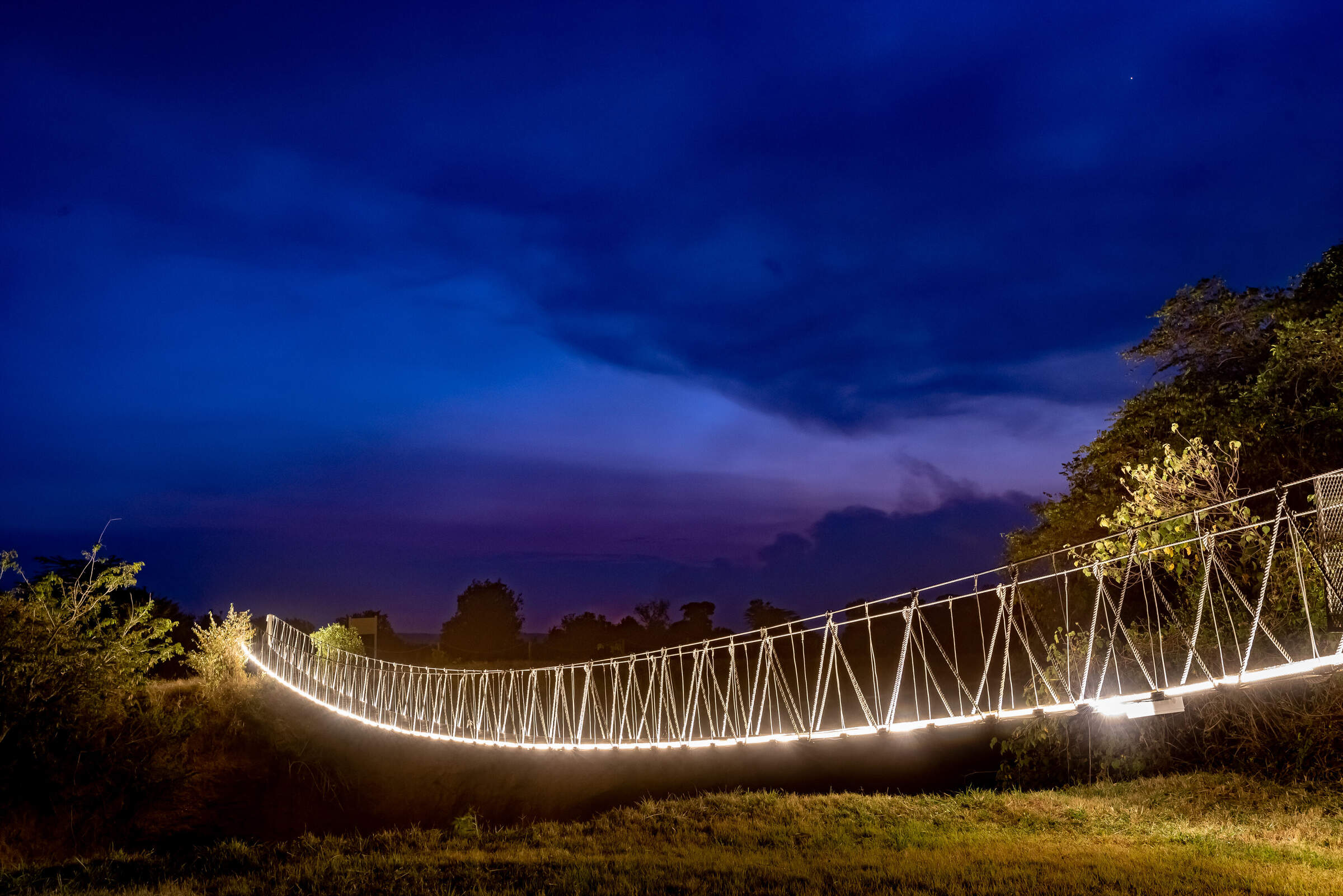
Ilkeliani Camp
Ilkeliani Camp is a smart elegant camp overlooking the Talek River, on the edge of the Maasai Mara National Reserve.
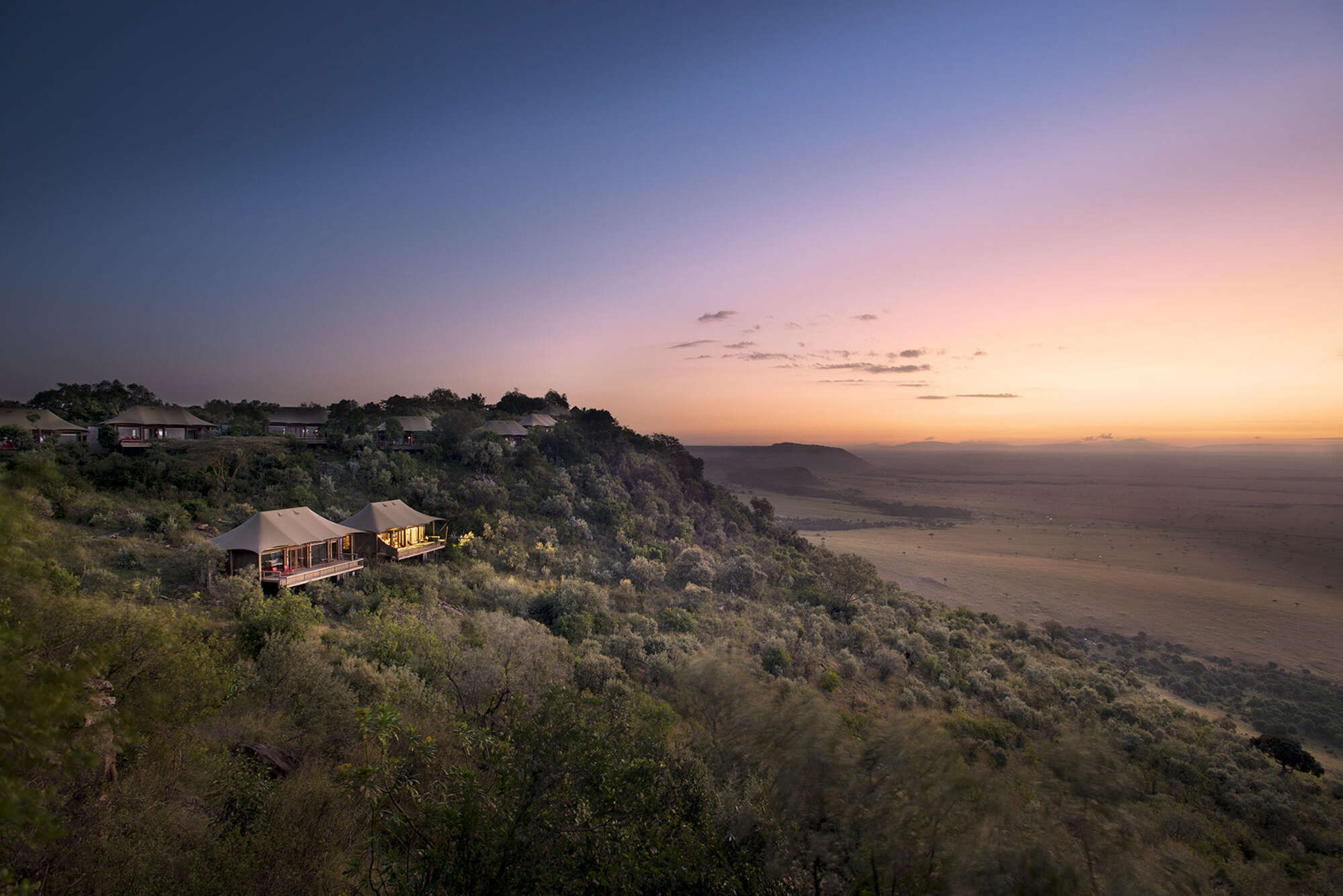
Angama Mara
Angama Mara is a top-end luxury tented camp on the Siria-Oloololo escarpment of the Maasai Mara ecoystem, just above the Mara Triangle sector of the Maasai Mara National Reserve.
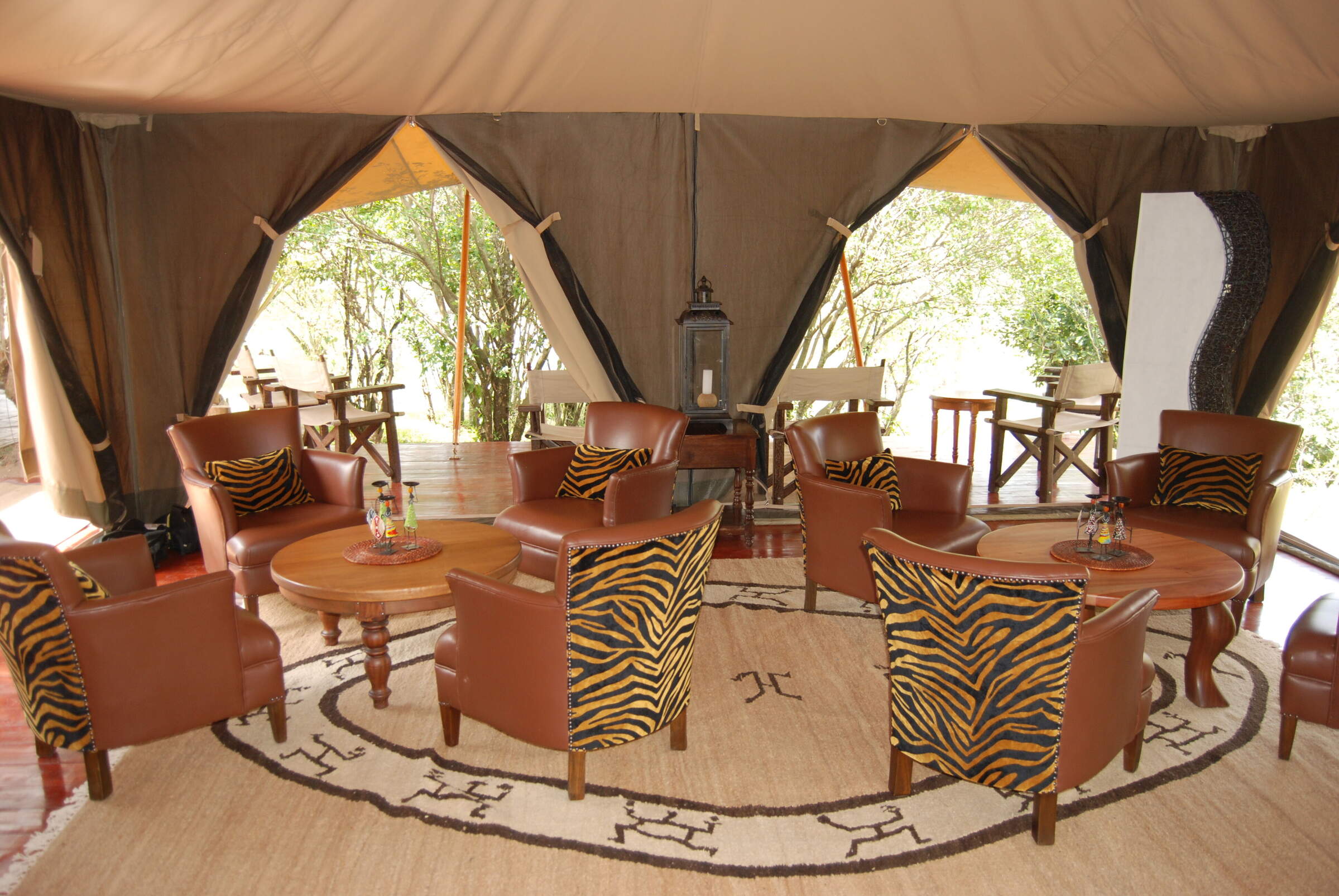
Ngenche Safari Camp
Mara Ngenche is a non-hosted, luxury tented camp with an antique style, which is perfect if you're looking for private dining while staying somewhere small and personal.
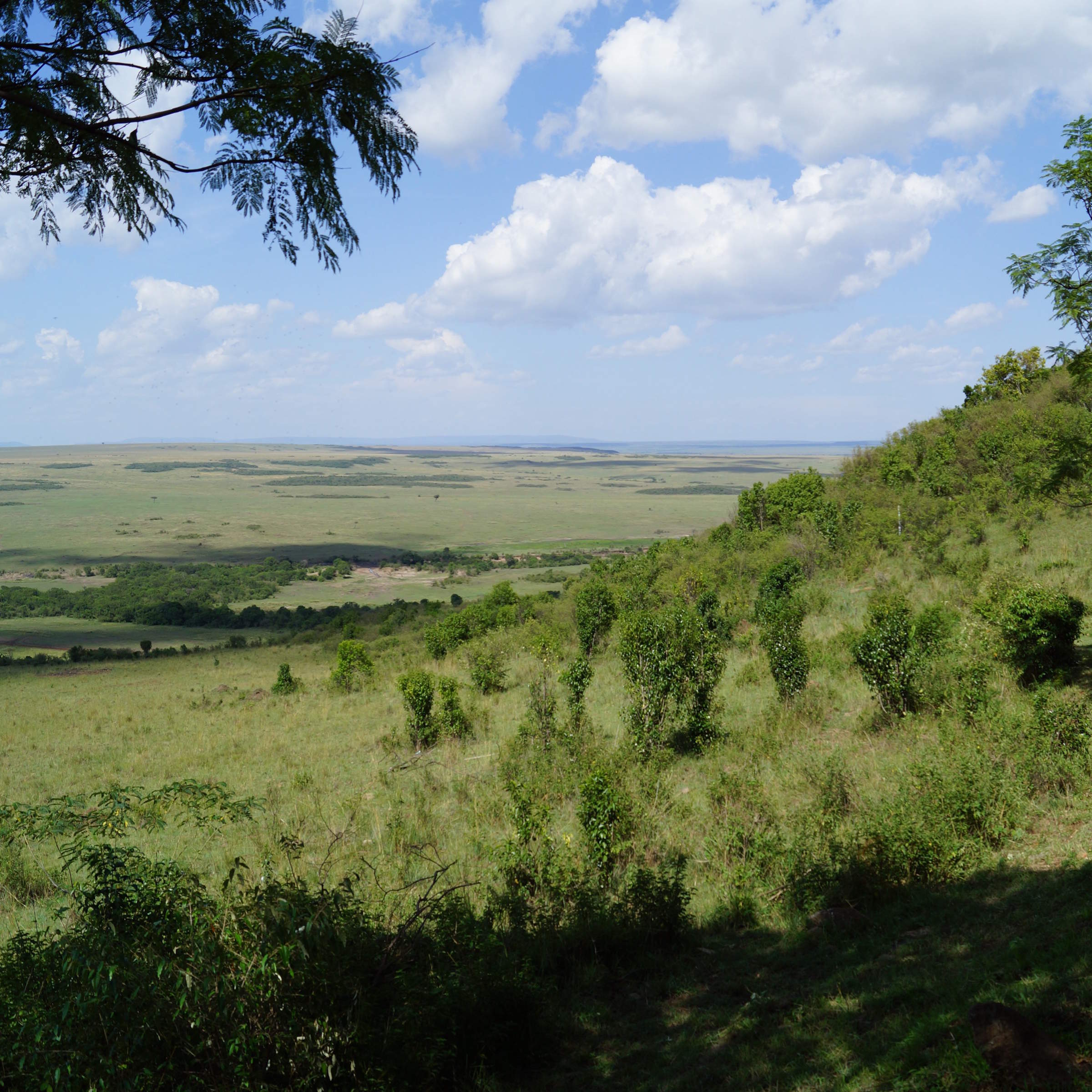
Mara Serena Safari Lodge
Mara Serena Safari Lodge is a large safari hotel with views of the Mara River, in the Mara Triangle sector of the Maasai Mara National Reserve.
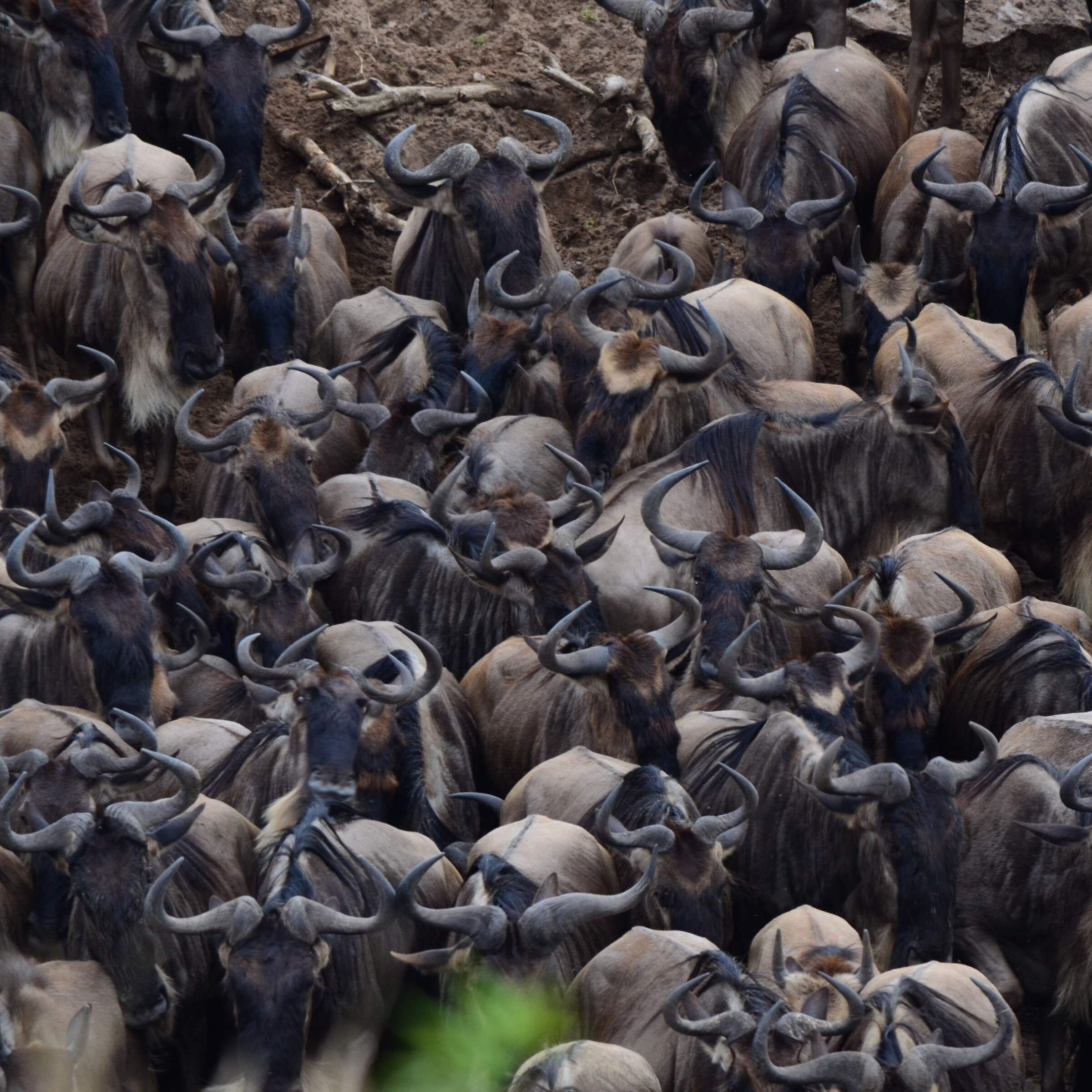
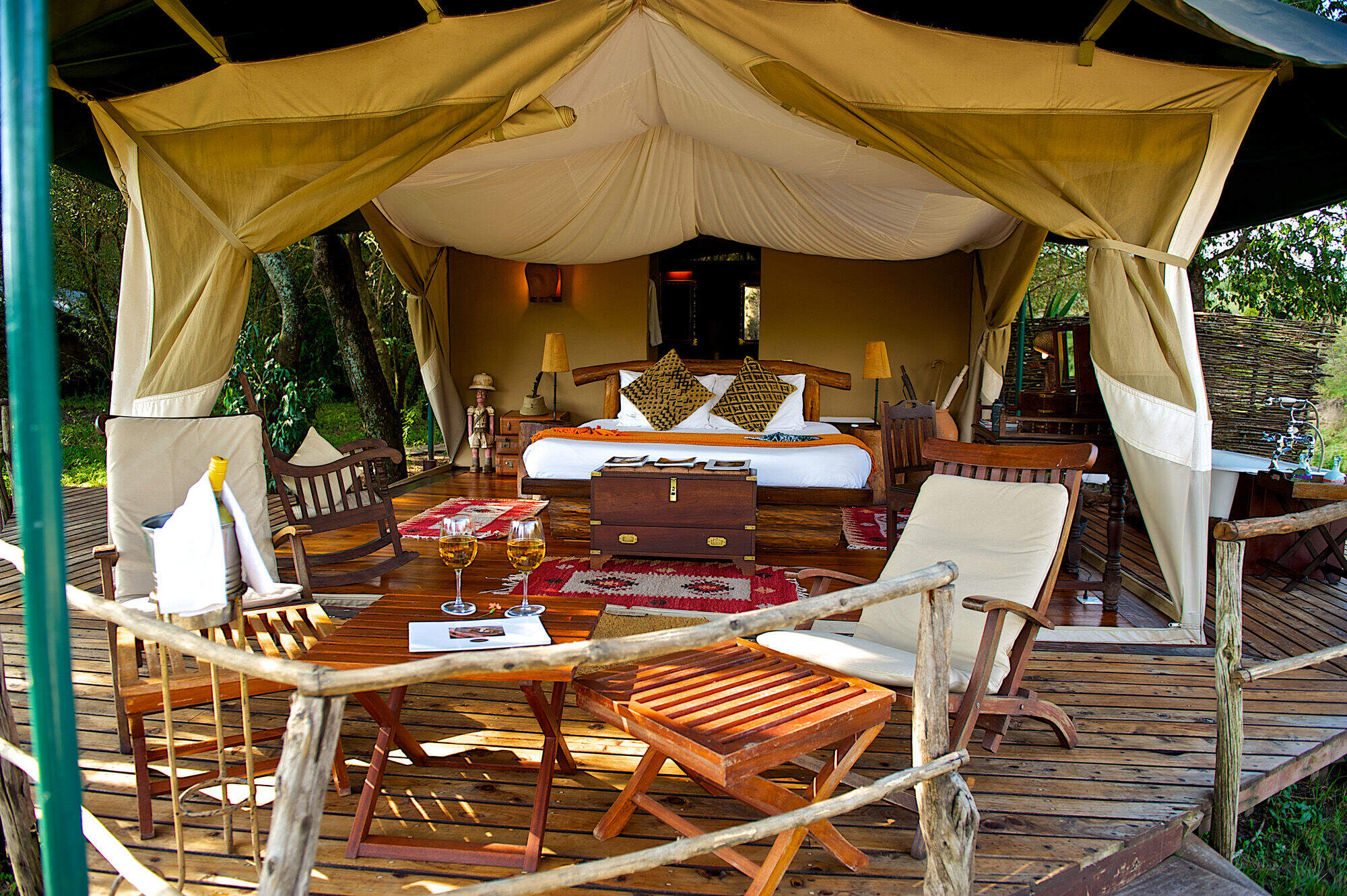
Mara Explorer Camp
Mara Explorer is a smart tented camp is in a scenic location on a bend in the Talek River.
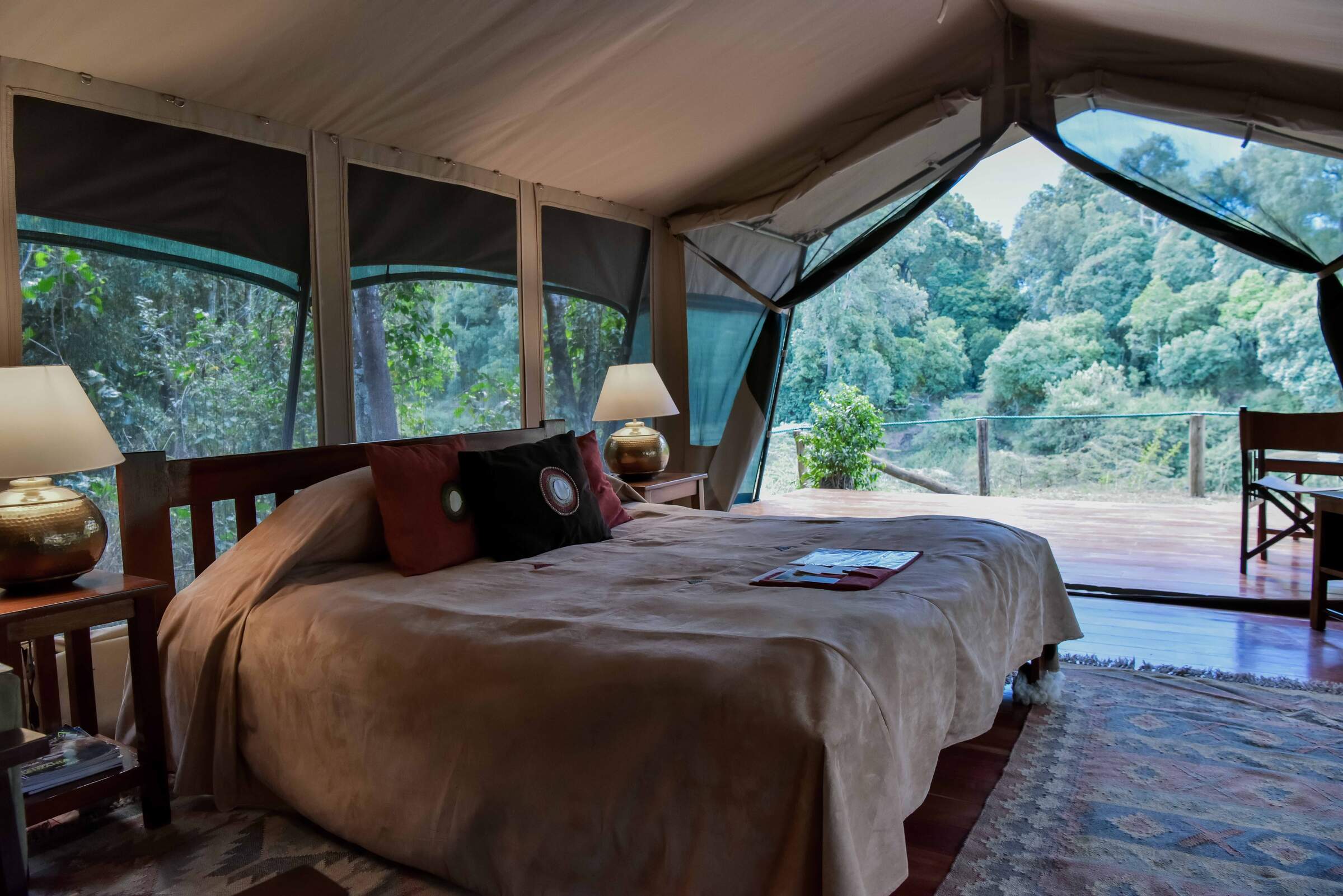
Governors' Private Camp
Located on a secluded bend of the Mara River, Governor’s Private Camp has just eight tents and is booked on an exclusive basis.
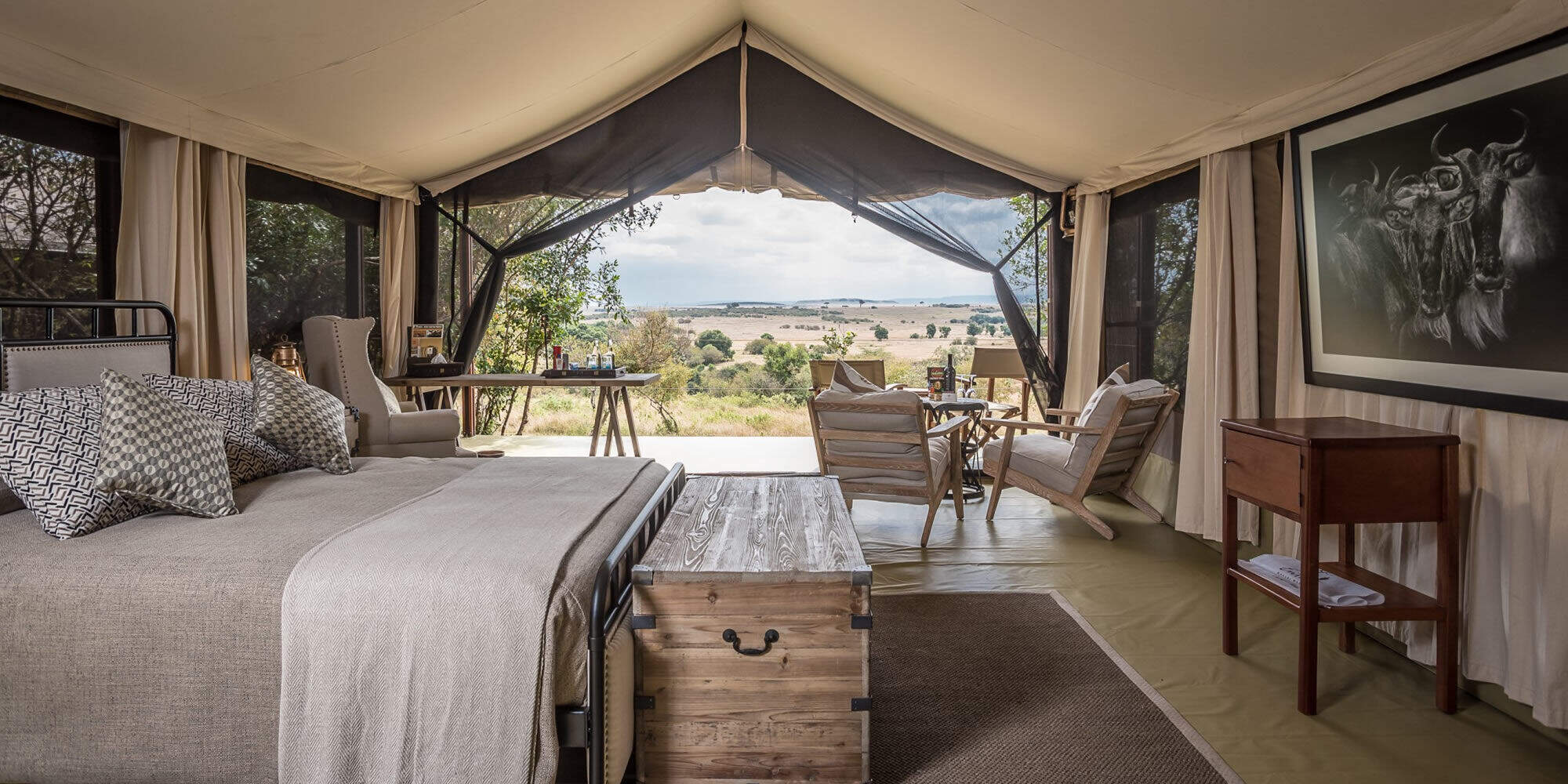
Entim Camp
Entim Camp is well located in the heart of the Mara National Reserve, offering traditionally styled tented accommodation.

Naibor Camp
Naibor has a great location in the Mara reserve, and offers accommodation to suit different budgets, with stylish high-end tents and some simpler ones too.
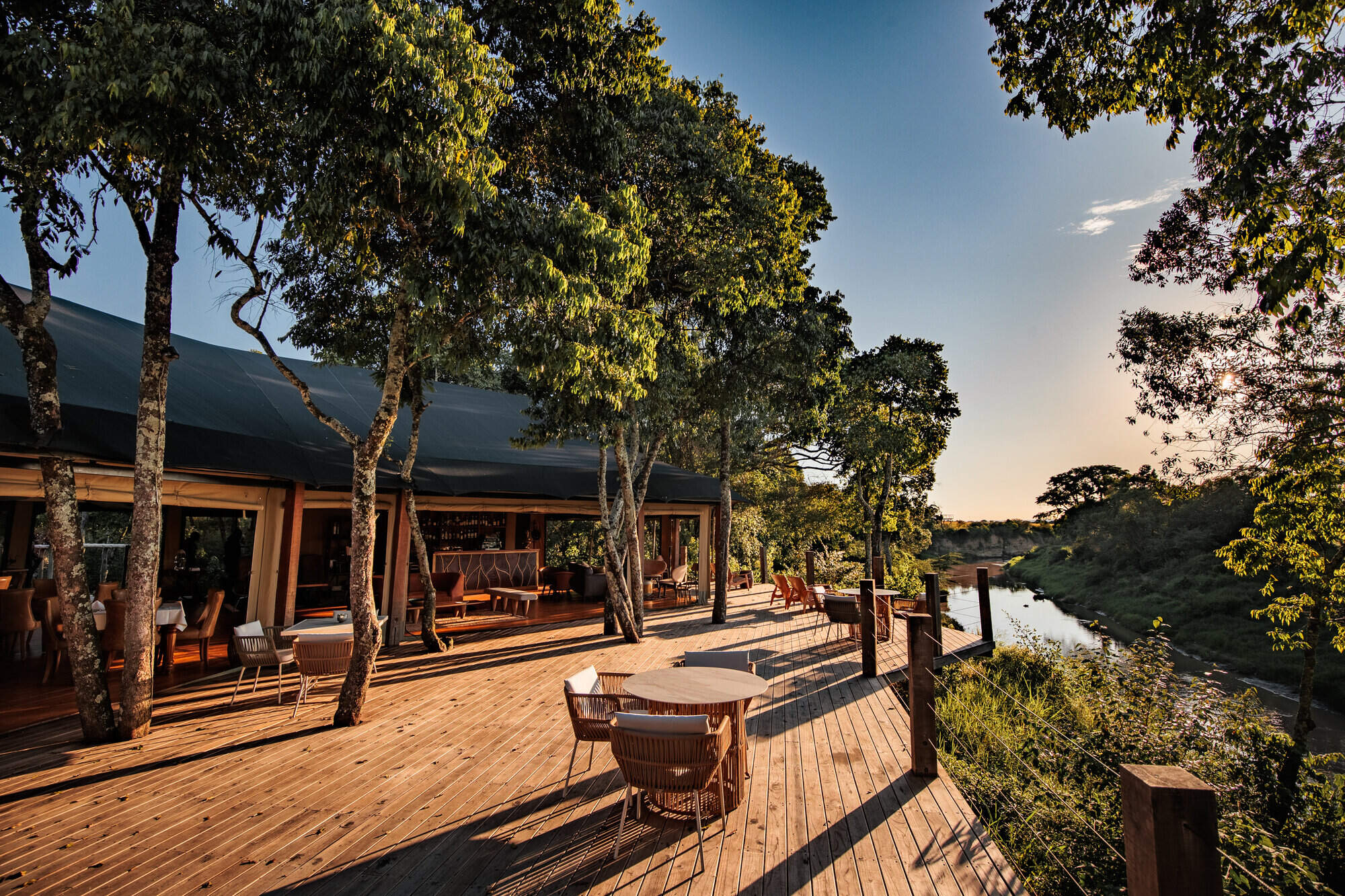
Ishara
Ishara is a highly luxurious safari camp in the Maasai Mara, located on the Talek River, which is one of the best areas in Kenya for wildlife.
When to go to Maasai Mara National Reserve
Our month by month guide: What it's like to visit Tipilikwani Camp in Maasai Mara National Reserve
Jan
Feb
Mar
Apr
May
Jun
Jul
Aug
Sep
Oct
Nov
Dec
Kenya in January
Clear, hot days and warm nights make this high season a popular time for safaris and it’s also good for diving and snorkelling as water clarity is excellent and gets better as the dry season progresses. Most lodges and tented camps treat January after the New Year week is over, as mid-season, making it a good compromise in terms of value for money with reasonably reliable, dry weather and some greenery left in the landscape.
Expert Africa bases its description of climate and weather in January, like the other months of the year, on the climate records of roughly the last 100 years, and it's fair to say that the weather and seasons since the beginning of this century have been highly irregular and unpredictable.
- On average, January is the second driest month of the year
- Elephants dig waterholes in the dry riverbed in the Samburu reserve.
- Wildebeest and many antelope have their calving season, to February.
- Migrant birds are seen in huge numbers, especially in the Rift Valley.
- Sea water clarity around the coral reefs generally good.
Our view
Fantastic: the very best time to visit
Weather in January
Kenya in February
With the short dry season well established, the grass grazed down and wildlife gathering close to water points, this is still a good time for a safari. Good water clarity in the Indian Ocean's coastal waters makes for excellent diving and snorkelling conditions.
Expert Africa bases its description of climate and weather in February, like the other months of the year, on the climate records of roughly the last 100 years, and it's fair to say that the weather and seasons since the beginning of this century have been highly irregular and unpredictable.
- On average, February is the driest month of the year.
- It’s sometimes possible to swim with whale sharks at Diani Beach.
- Migrant birds are still seen everywhere, especially near water.
- This is usually peak calving season for wildebeest and many antelopes.
- This month is often the hottest of the year, especially on the coast.
Our view
A very good time to visit
Weather in February
Kenya in March
Hot, increasingly humid weather – with good diving and snorkelling conditions at the start of the month – gives way to rains and lower accommodation costs. Expert Africa bases its description of climate and weather in March, like the other months of the year, on the climate records of roughly the last 100 years, and predicting the seasons since the beginning of this century has been difficult.
March is the month when – traditionally – intensely hot conditions build up until a cloudburst finally happens at the end of the month or in early April, to relieve the humidity. As ever, regional variations across the country can greatly impact on visitors' experiences.
- Sea-water clarity is best for diving before the long rains start.
- Visitor numbers are low, though the Easter holidays can be busier.
- Night skies can be scintillatingly clear in early March.
- Cropped down savannah grasses can make it easier to see the wildlife.
- Temperartures climb high, especially at lower elevations.
Our view
A good time to visit, with pros & cons
Weather in March
Kenya in April
April sees the full onset of the southeast monsoon wind or kusi, which heralds the long rains. Temperatures drop soon after the rains are established and you’ll often have facilities largely to yourself in this more affordable low season, sometimes known as the "green season". The bush quickly springs to life, with greenery sprouting almost before your eyes. While you're likely to get a fair number of heavy showers, the breaks in the rain can yield sparklingly clear conditions.
With the dust settled and bright sun piercing the clouds, conditions can be sublime for photography, especially first thing in the morning or in the late afternoon with another storm brewing. You may be lucky, or you may find conditions very wet and muddy.
- A wet month, the coast often gets more than 300mm (12in) of rain.
- Sunny spells can provide great light for photography.
- Buffalo and zebra calving season often happens in this month.
- Baby crocodiles hatch, for example on Central Island in Lake Turkana.
- Palearctic migrant birds gather to fly north to breeding grounds.
Our view
A time to avoid if possible
Weather in April
Kenya in May
While game viewing can be trickier as vegetation runs riot, between the cloudbursts the colours and light are great for photography at this time of year. Expert Africa bases its description of climate and weather in May, like the other months of the year, on the climate records of roughly the last 100 years, and while it's reasonable to expect heavy rains in many parts during this month, especially on the coast, the rains don't always come evenly or in some areas come at all.
In an El Niño year, the so-called long rains that normally are established across much of the country by May can be meagre, to the despair of farmers. On the other hand in a La Niña year, the long rains can bring floods. On the coast, the monsoon winds make the climate much more predictable, with heavy rains common throughout this month.
- Frogs breed in the ponds in the Arabuko Sokoke Forest near Watamu.
- Wildebeest, impala and other grazers are in rut (the breeding season).
- Kilimanjaro looks its best as heavy rain falls as snow on the summit.
- There's a sharp peek of rainfall on the coast with many rainy days.
- Accommodation prices are uniformly low, while some camps close.
Our view
A time to avoid if possible
Weather in May
Kenya in June
The rains give way to cloudy, cooler weather, often making for comfortable conditions by the end of the month, especially in the highlands. Starting from mid-June or the beginning of July and running until the end of October, this is the high season, and accordingly has higher accommodation rates and – at least until early September – higher numbers of visitors.
While the early part of June can often be rainy on the coast, it can be a great time to go on safari, with fresh greenery, many young animals and good photographic conditions with clear air.
- The Taru Desert, inland from the coast, is carpeted with flowers.
- The Lake Turkana Cultural Festival is held in Loiyangalani.
- Madaraka Day (commemorating self rule) is 1 June.
- The annual Lewa marathon runs a course through the wildlife.
- The Diani Rules "sports" event rips up the rulebook at Diani Beach.
Our view
A good time to visit, with pros & cons
Weather in June
Kenya in July
Kenya’s “winter" season sets in (winter is a misnomer but locals feel the change), and the highlands can be rather grey. Skies are often cloudy and the days can be surprisingly cool, with an average daytime high in many highland safari areas of 15-20°C and night-time temperatures dropping below 10°C in Nairobi and the highlands. Lower parts of the country and the coast are usually warm and dry, typically reaching highs of around 25°C with lows in the high teens.
As this is the start of the high season, coinciding with the usual arrival of the wildebeest migration in the Maasai Mara, July is a busy month. Ask your Expert Africa specialist to advise on how to avoid the crowds, which is not that difficult to do.
- The wildebeest migration usually reaches the Maasai Mara in July.
- Simbi Lake (Kisumu) and Crater Lake (Naivasha) can attract flamingoes.
- Watersports start to pick up and some surfing is possible at Malindi.
- Afternoon thunderstorms are a common feature in the Maasai Mara.
- The sea can be choppy along the coast, making diving difficult.
Our view
A good time to visit, with pros & cons
Weather in July
Kenya in August
The Great Migration fills the plains of the Maasai Mara, and school’s out, so the park roads are full of tourists – ask your Expert Africa specialist for advice on crowd avoidance tactics. Choose a private conservancy rather than a public national park or national reserve for quieter conditions.
Like July, August is generally mild and relatively dry in the safari areas, but it can be very chilly in the highlands, even in the middle of the day, and hail occasionally falls above altitudes of around 2,400m (8,000ft). Nairobi can be disappointingly overcast, with low cloud.
- Apart from Christmas holidays, this is the busiest month of the year.
- Late August sees peak wildebeest drama at the Mara River crossings.
- Coastal winds are good for kite- and wind-surfing.
- Few mosquitoes are around at this generally dry time of year.
- The annual Camel Derby takes place in the Samburu capital, Maralal.
Our view
A good time to visit, with pros & cons
Weather in August
Kenya in September
The skies clearing of cloud signals the start of hot, dry weather with little chance of rain – and, after the first few days of the month, far fewer visitors – making the latter part of September a good time for a quieter safari. While early September is often good for dramatic migration crossings along the Mara River, you might consider deliberately postponing your trip until later in the month, when the migration can still be very impressive and visitor numbers fewer.
If tourist surges are somewhat predictable, however, the patterns of the wildebeest migration are more volatile, and like all of Expert Africa's climate and weather assessments, they are based on accumulated years of experience rather than guaranteed certainty.
- This is still high season, with prices to match.
- Many river crossings take place on the Mara river in both directions.
- Natural bush fires flush out insects and small animals for predators.
- The Rift Valley Music Festival takes place by Lake Naivasha.
- With school holidays over by early September, late-month is quieter.
Our view
Fantastic: the very best time to visit
Weather in September
Kenya in October
Still hot, mostly dry and not too busy, this is many people’s preferred month for a safari, and it’s also good for diving and snorkelling. The wildebeest and zebra herds of the great migration are often still to be seen, though in dwindling numbers. The swamps of Amboseli attract thirsty wildlife including large herds of elephants.
While we wouldn't expect much rain across most of the country this month, the climate has become so unpredictable that you can never say never, and the possibiity of the short rains – usually associated with November to mid-December, starting early, can't be discounted.
- This month sees the tail end of the great migration in the Mara.
- Palearctic migrant birds start to arrive, staying until March.
- Turtle nests hatch at Watamu, until November.
- Amboseli elephants focus on the swamps for their daily water.
- The Indian Ocean monsoon winds turn from southeast to northeast.
Our view
A very good time to visit
Weather in October
Kenya in November
The northeast monsoon wind or kaskazi heralds the start of the “short rains", usually some time in the second half of the month. From November to mid-December, this is the low season, and accordingly has lower accommodation rates and lower visitor numbers. Across most of the country you can expect warm, somewhat cloudy weather, with occasional heavy showers and localised flooding.
Expert Africa bases its description of the climate in November, like the other months of the year, on the records of roughly the last 100 years, and it's fair to say that the seasons since the beginning of this century have been highly irregular and unpredictable: some years the short rains don't come at all, or don't reach every part of the country. In an El Niño year, the November short rains can be very heavy, but in a La Niña year, they can fail completely.
- Swimming with dolphins in Lamu can be done from now until April.
- Birders gather at Ngulia in Tsavo West to ring Palearctic migrants.
- The Lamu Cultural Festival takes over the town and Lamu Creek.
- Agricultural shows often take place regional market towns.
- This is low season, so camps can be great value, with special offers.
Our view
A good time to visit, with pros & cons
Weather in November
Kenya in December
In a typical December, the rains usually finish by middle of the month, leaving the landscape looking its best, under clear blue skies, and heralding the start of the second peak tourist season from around 20 December to the first week of January. Our assessment of the likely weather in December, like the other months of the year, is based on climate records, and it's fair to say that the seasons since the beginning of this century have been highly irregular and unpredictable.
Christmas can sometimes be wet, but most years the rains have finished a week or two earlier, with the festive season ushering in the perfect combination of clear skies and sunshine by day and starry nights.
- Christmas and New Year are busy, with the lodges and camps full.
- Rates are highest after 24 Dec, with supplements on public holidays.
- Republic Day and Independence day are celebrated on 12 December.
- Good kite- and wind-surfing restarts, with strong northeasterly winds.
- Mango season begins, providing excitement for primates and elephants.
Our view
A good time to visit, with pros & cons
Weather in December

Looking for inspiration on where to travel next?
Visit our trip chooser to explore your options and find inspiration for your perfect African adventure
Inspire me
